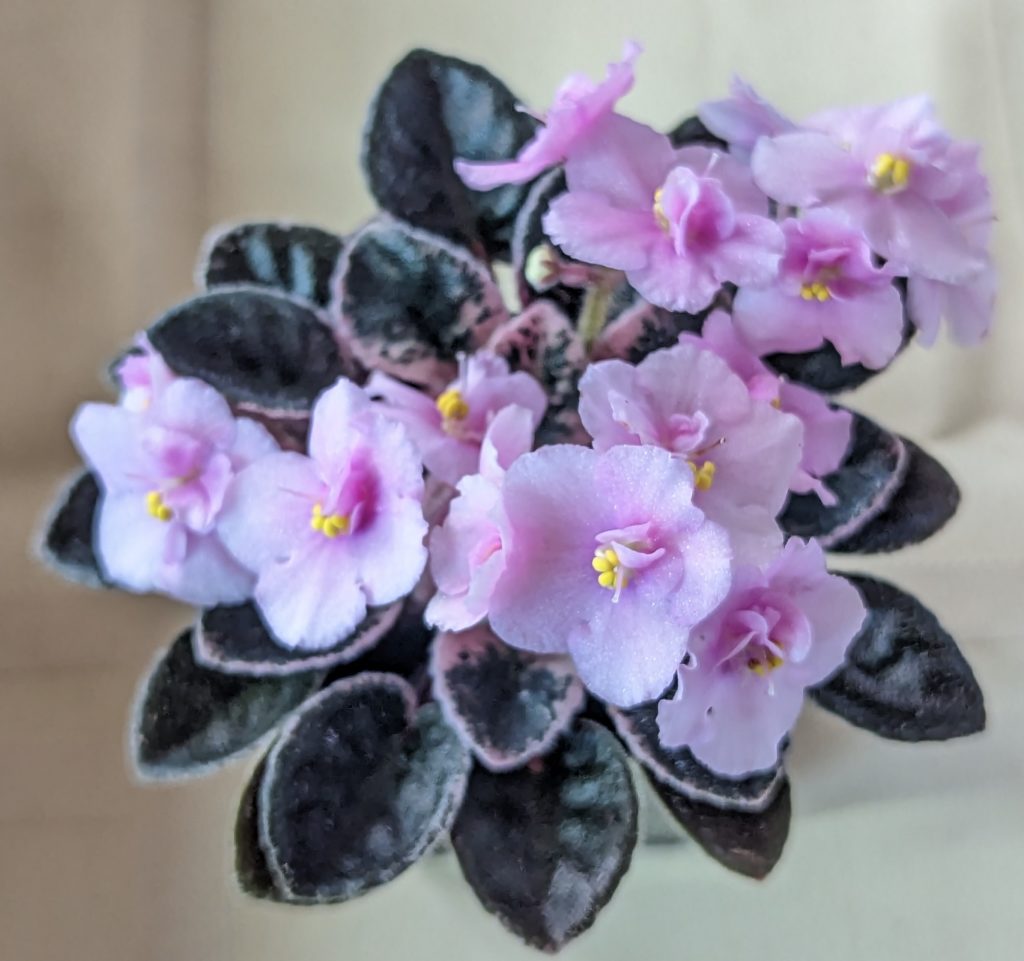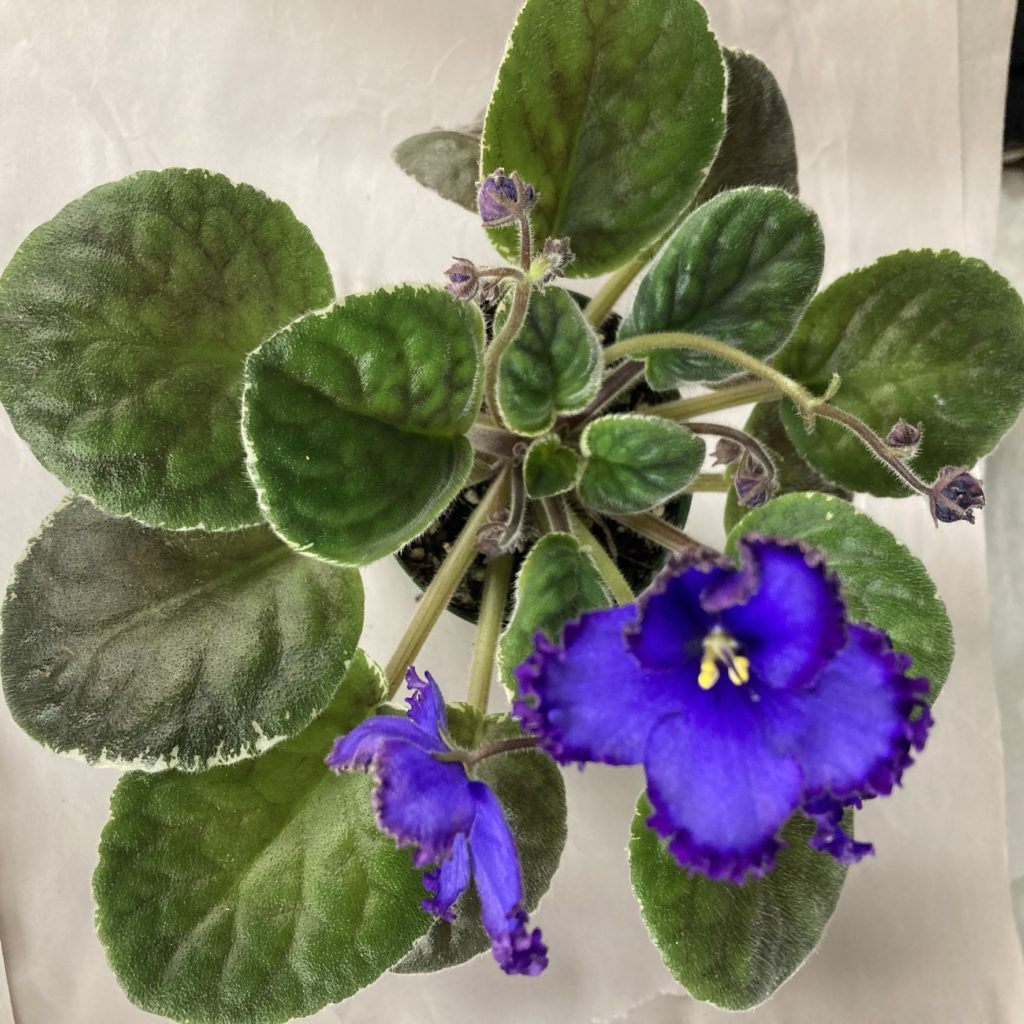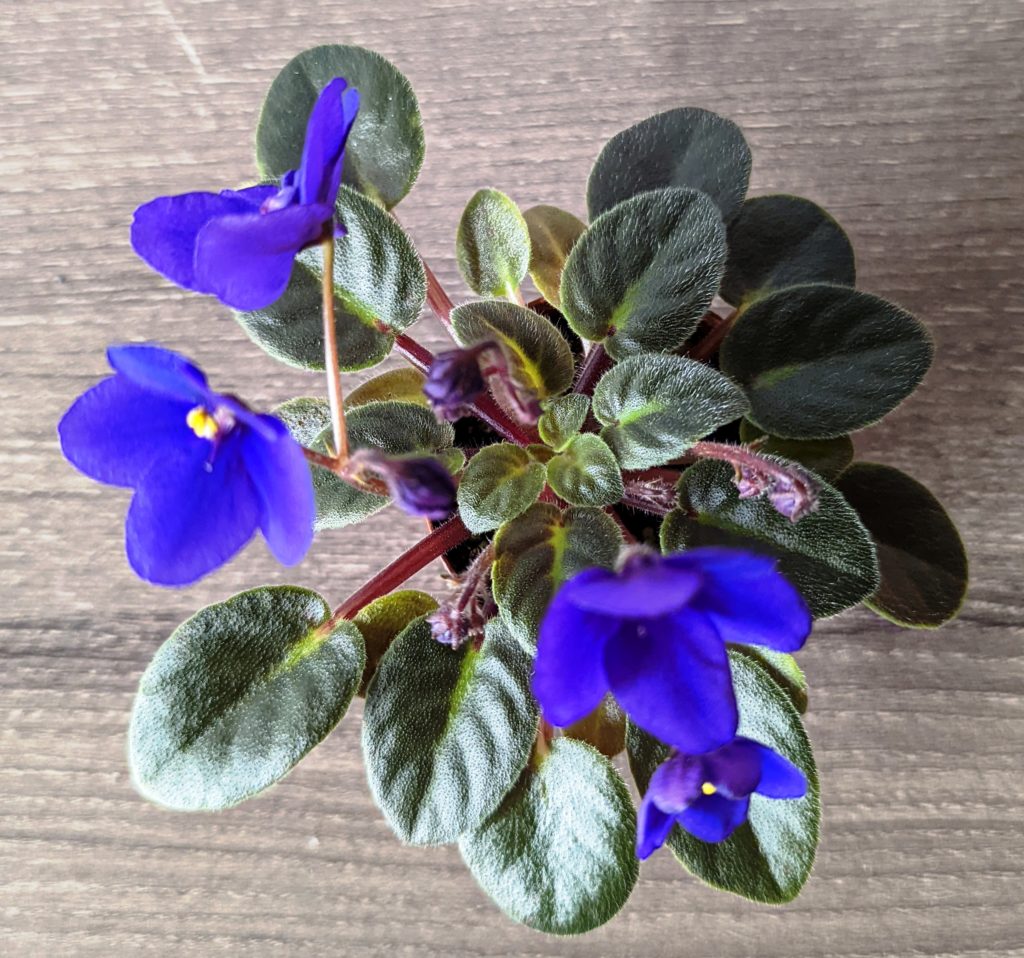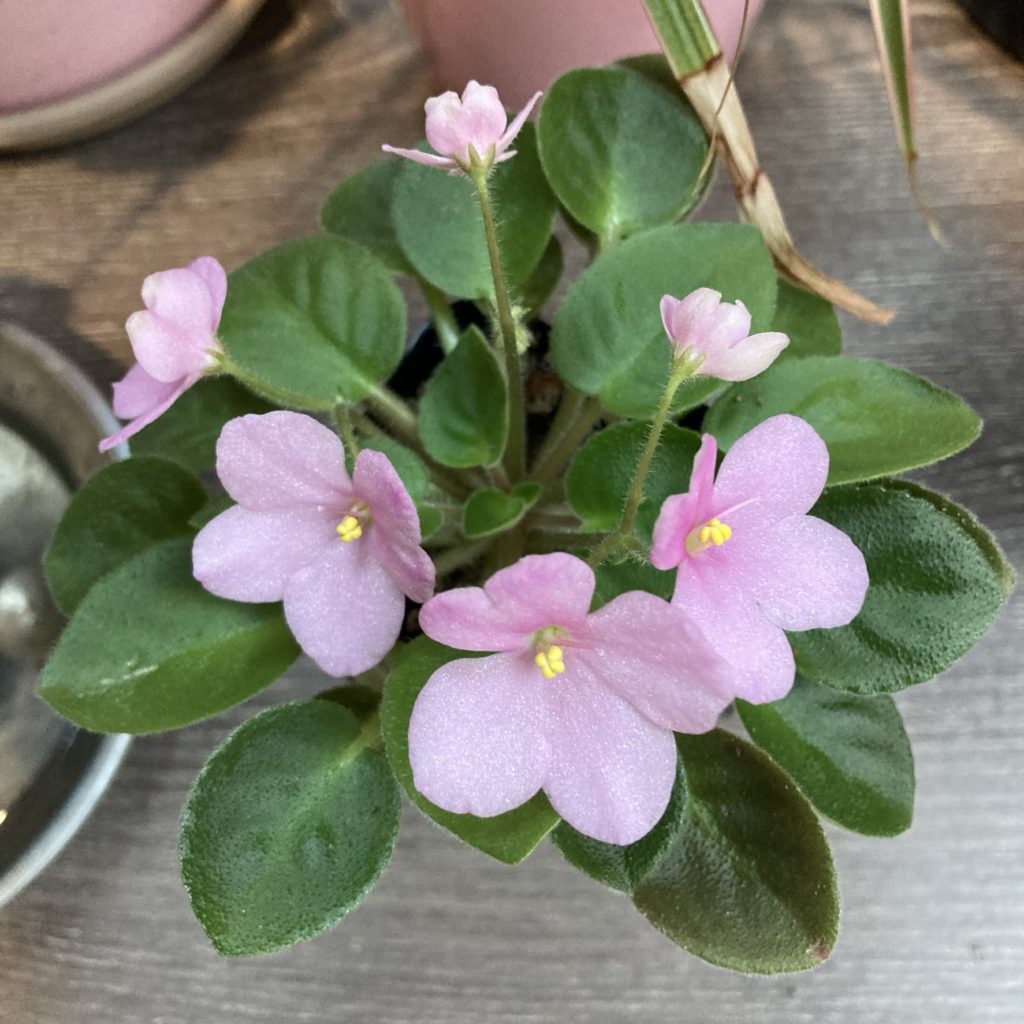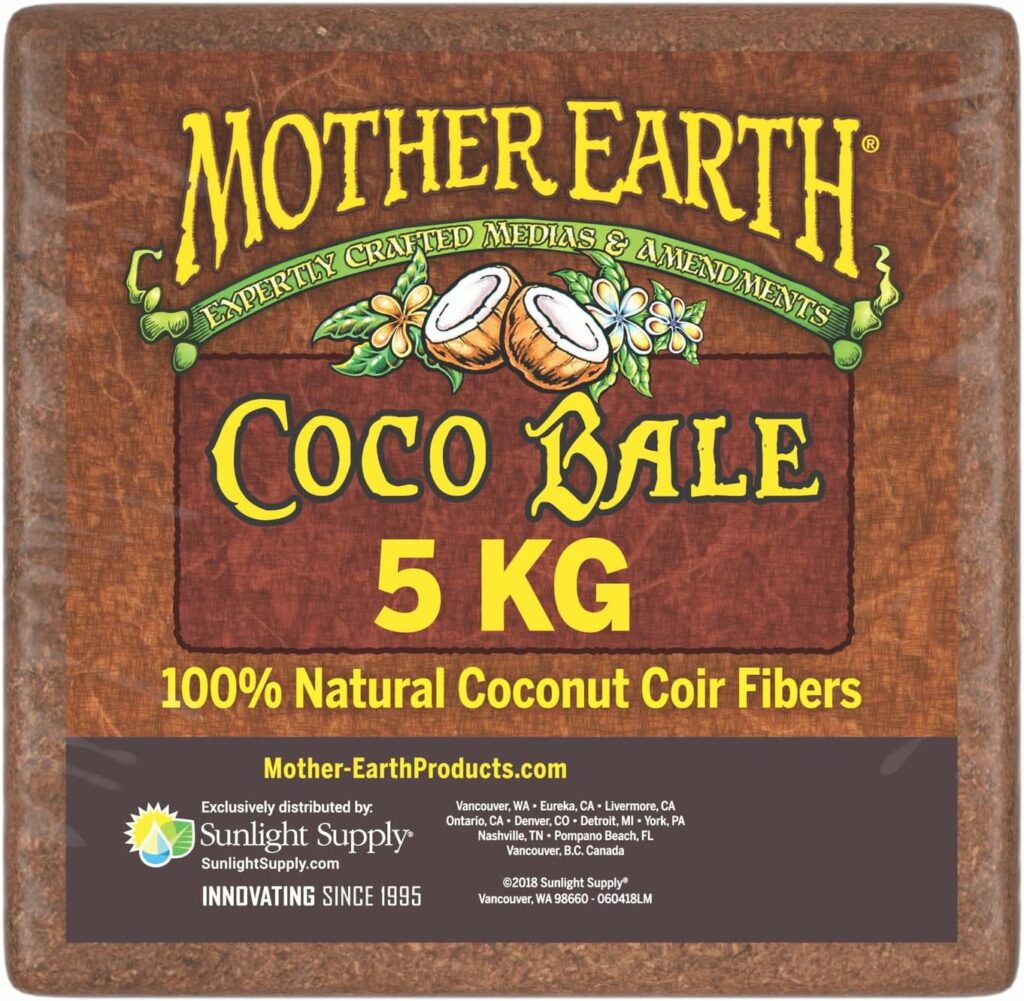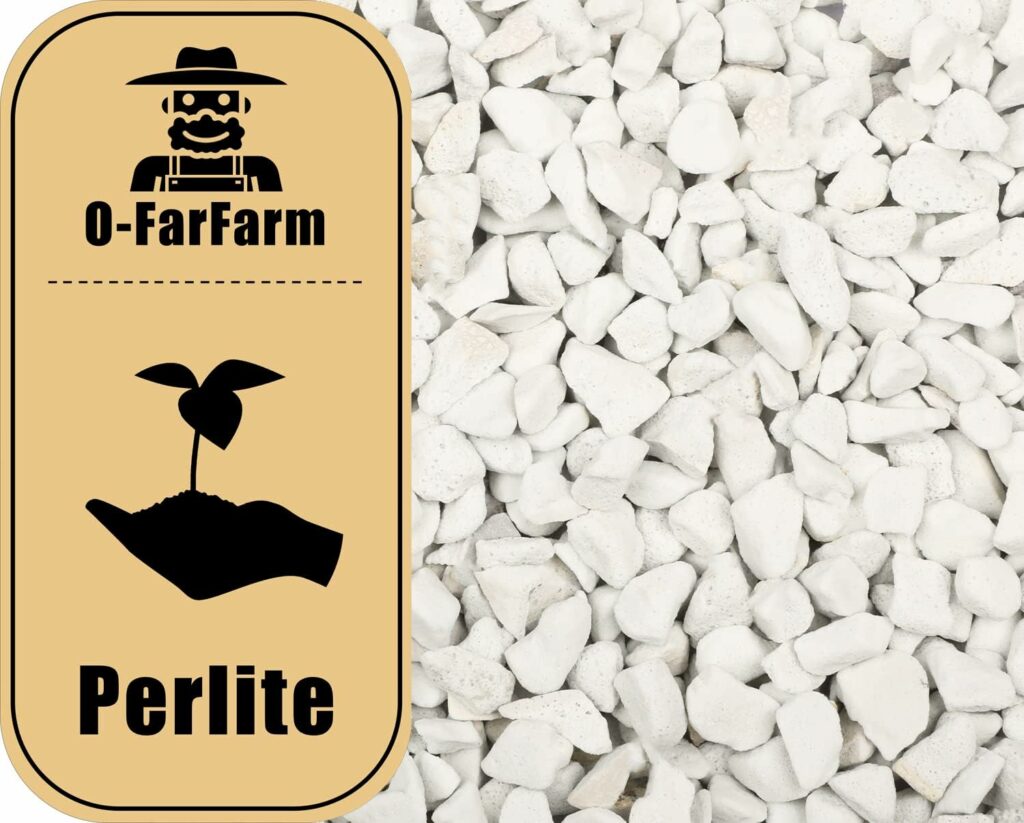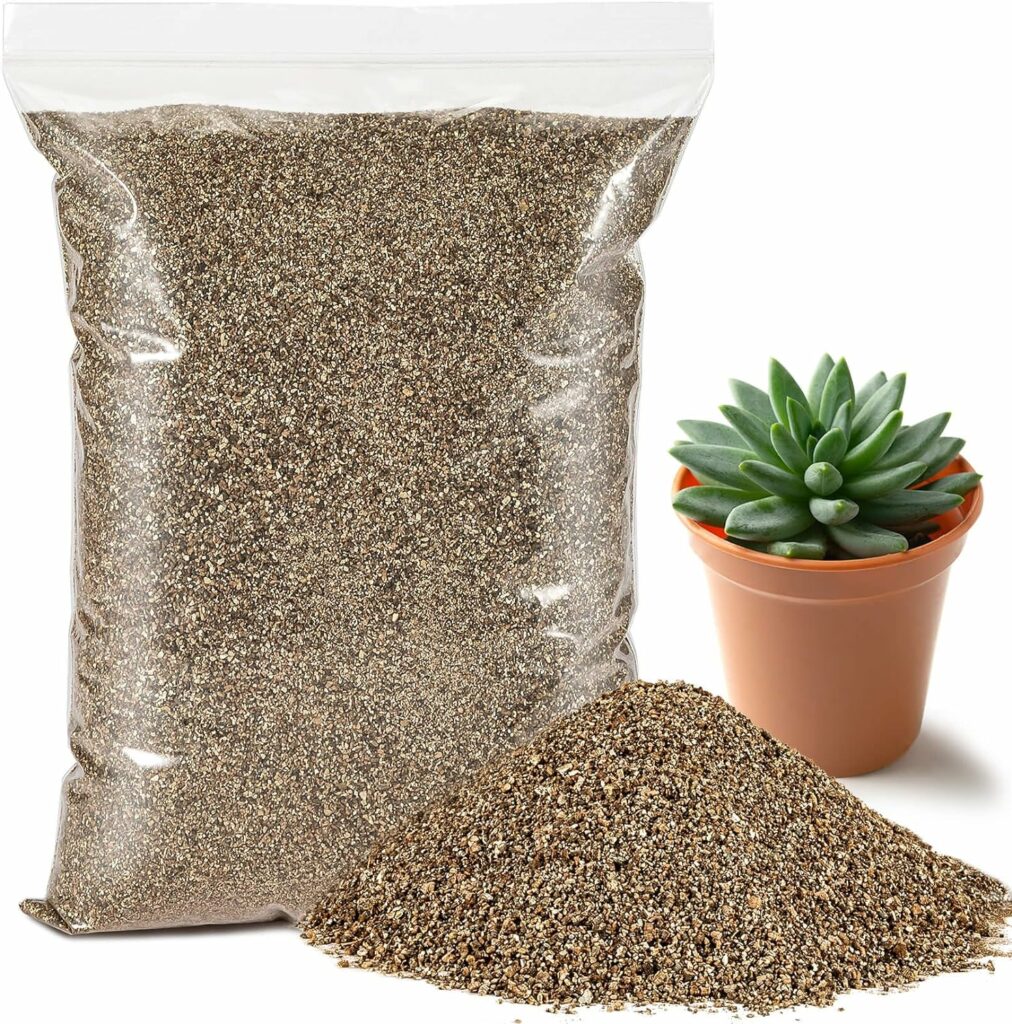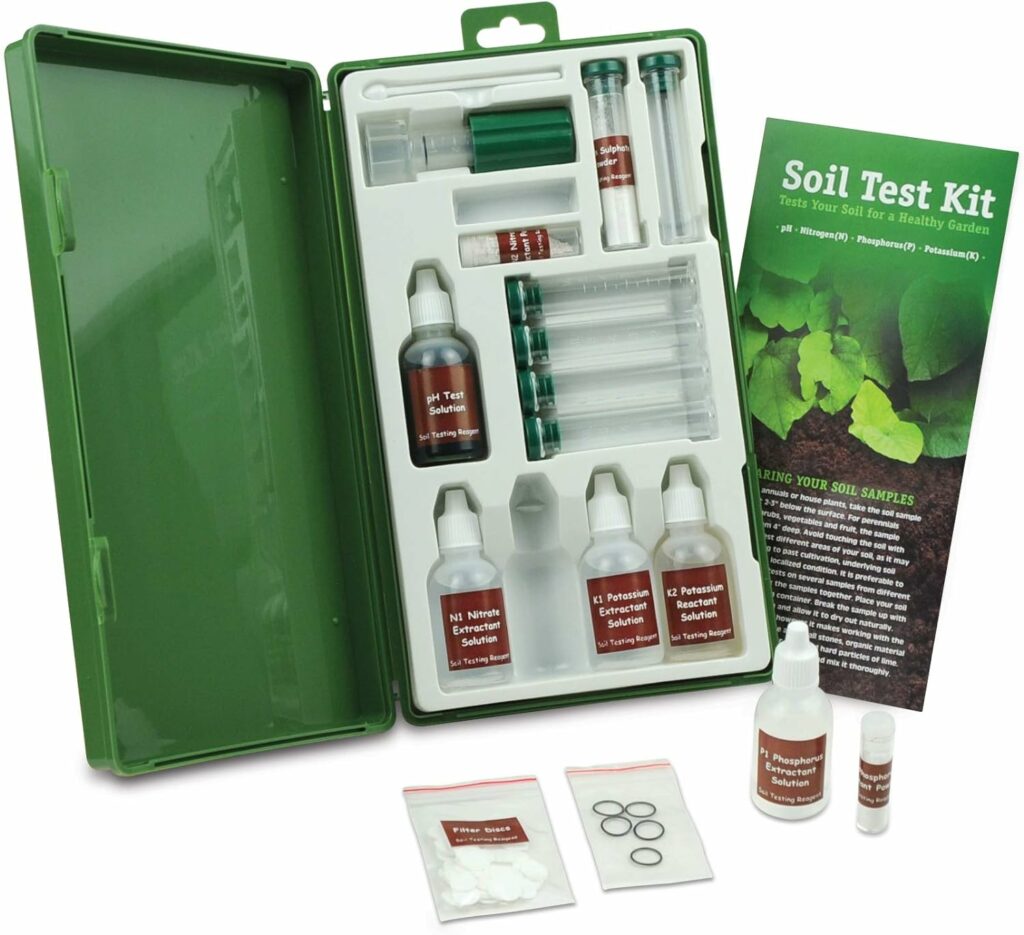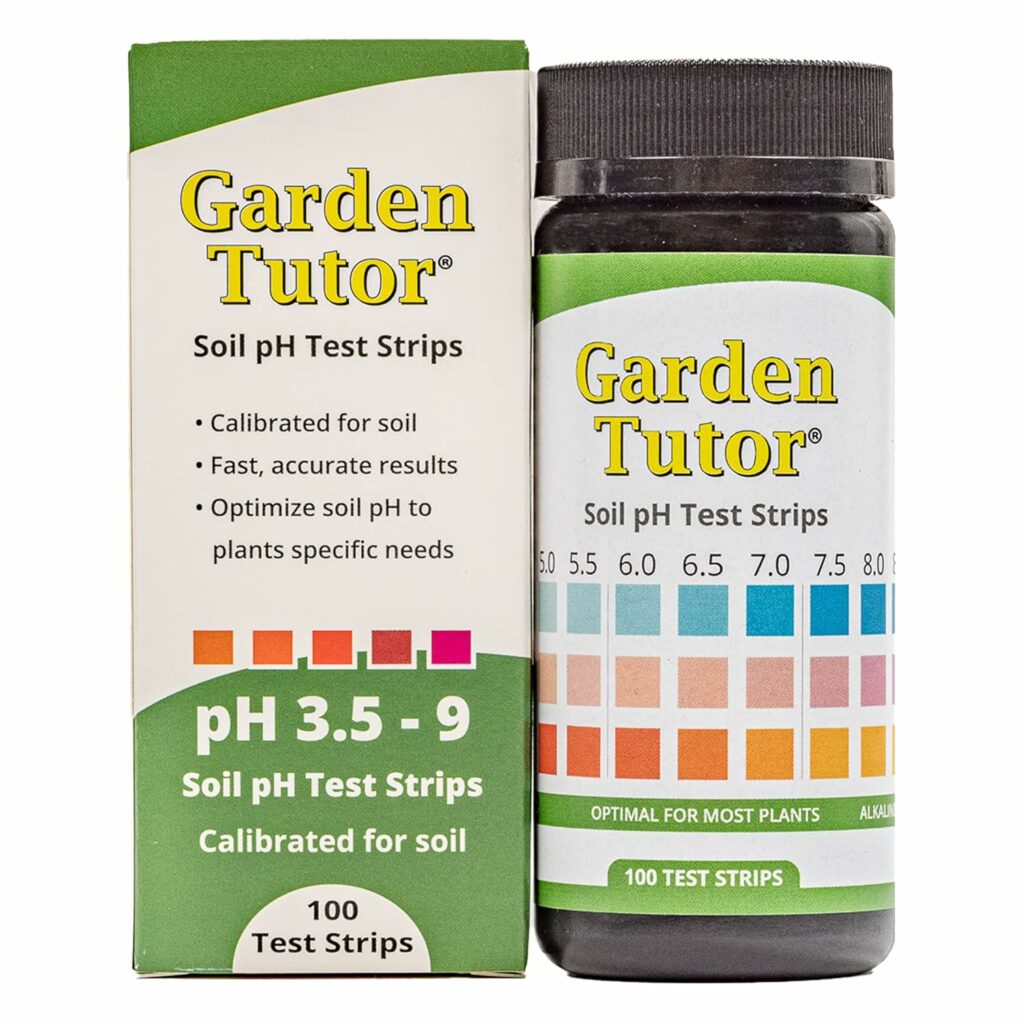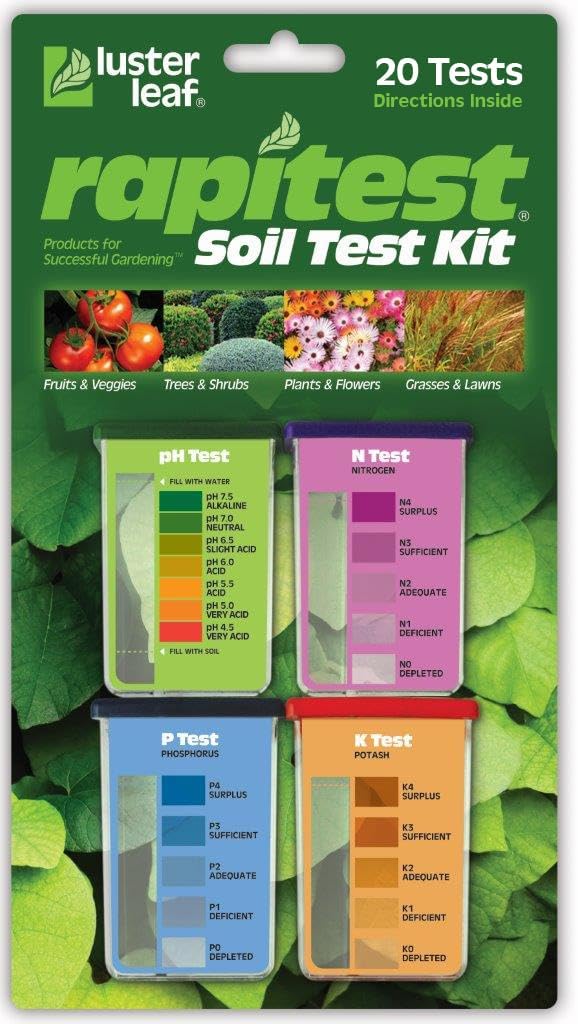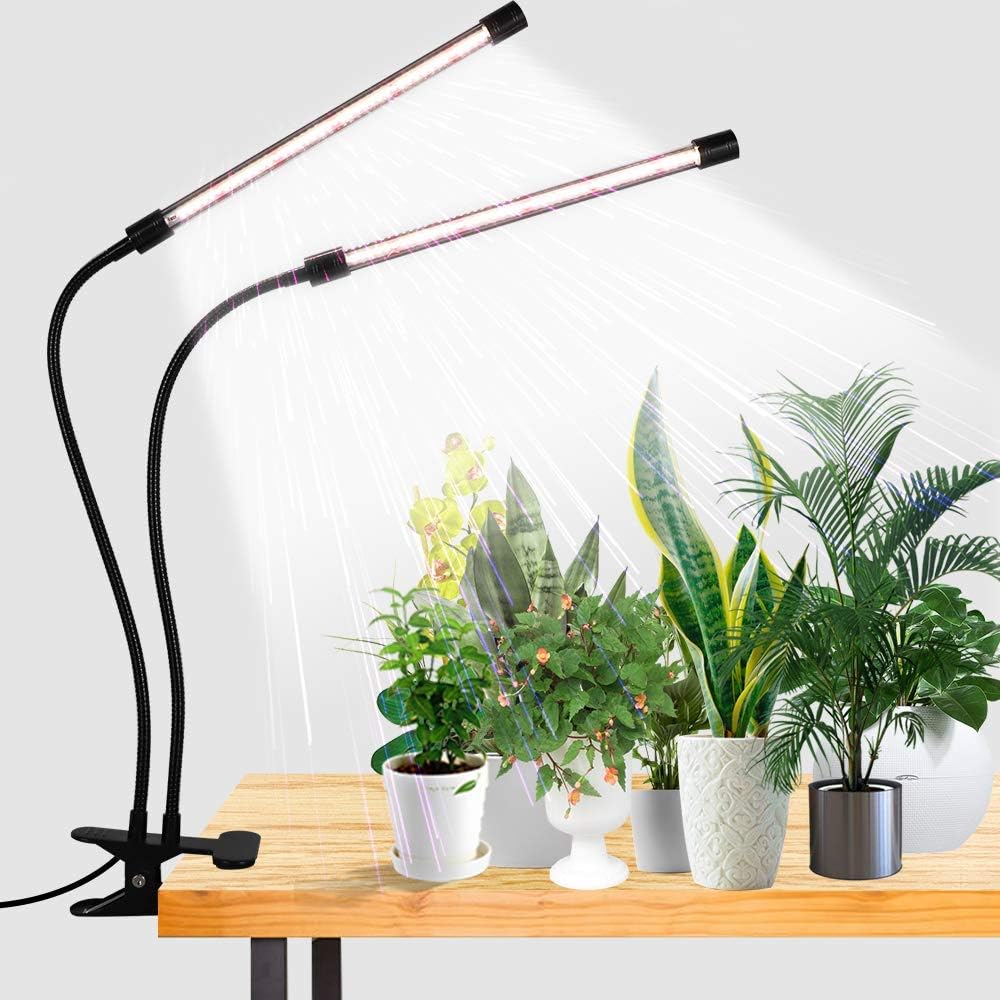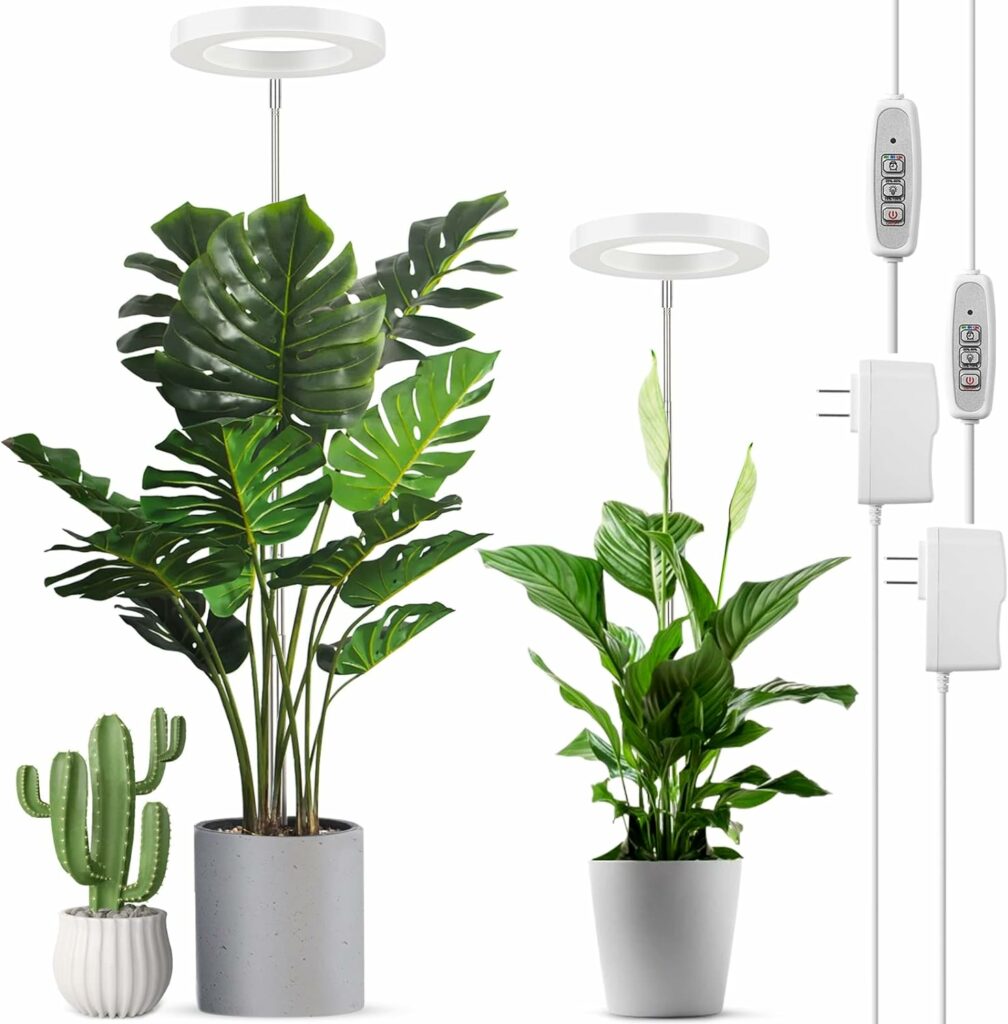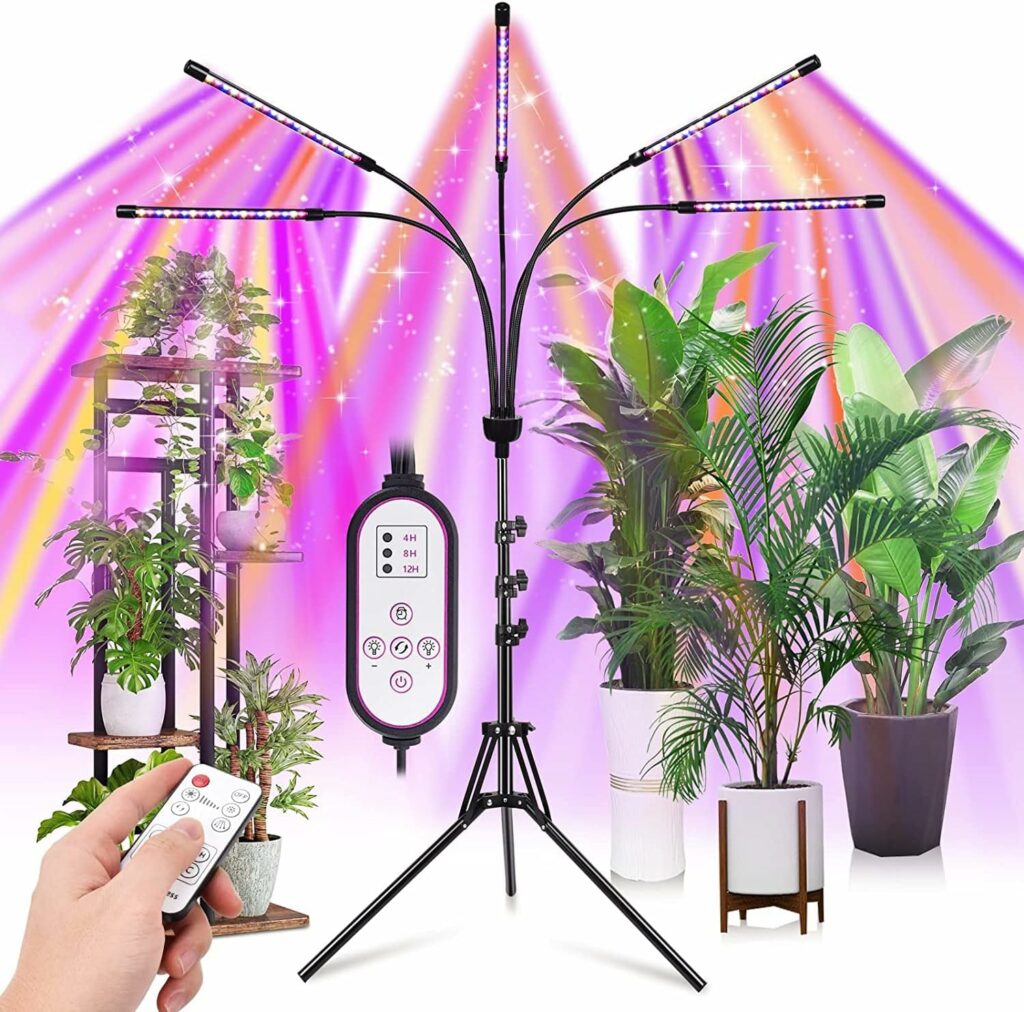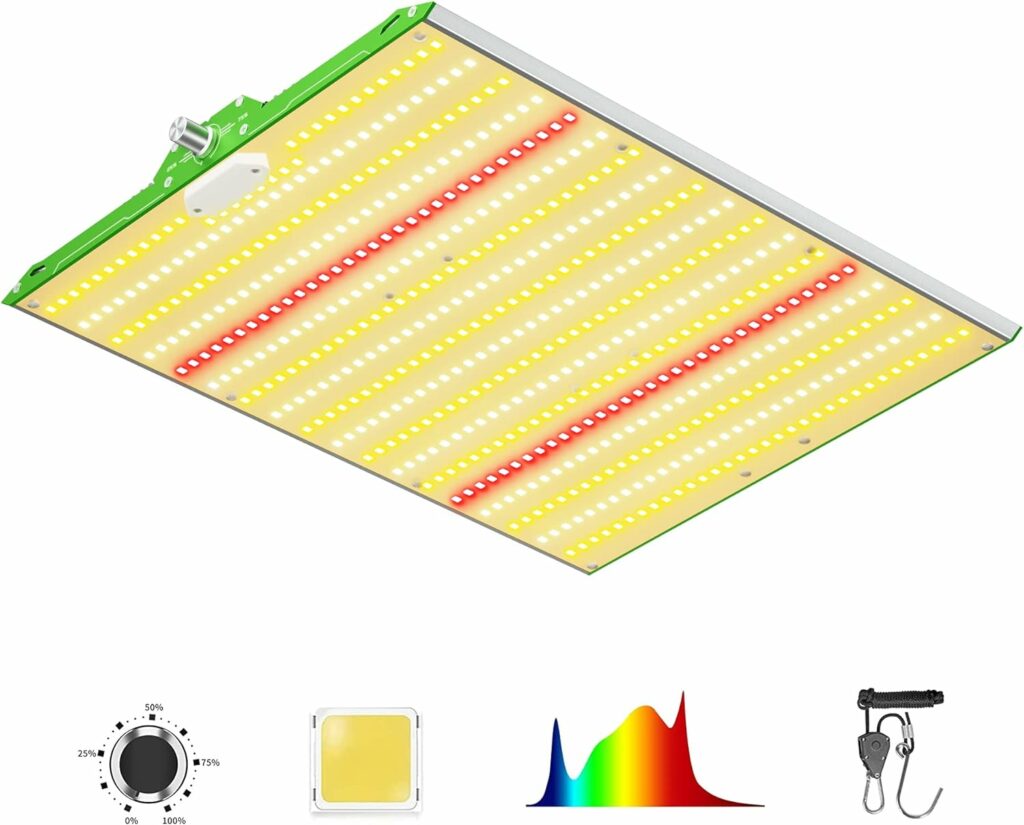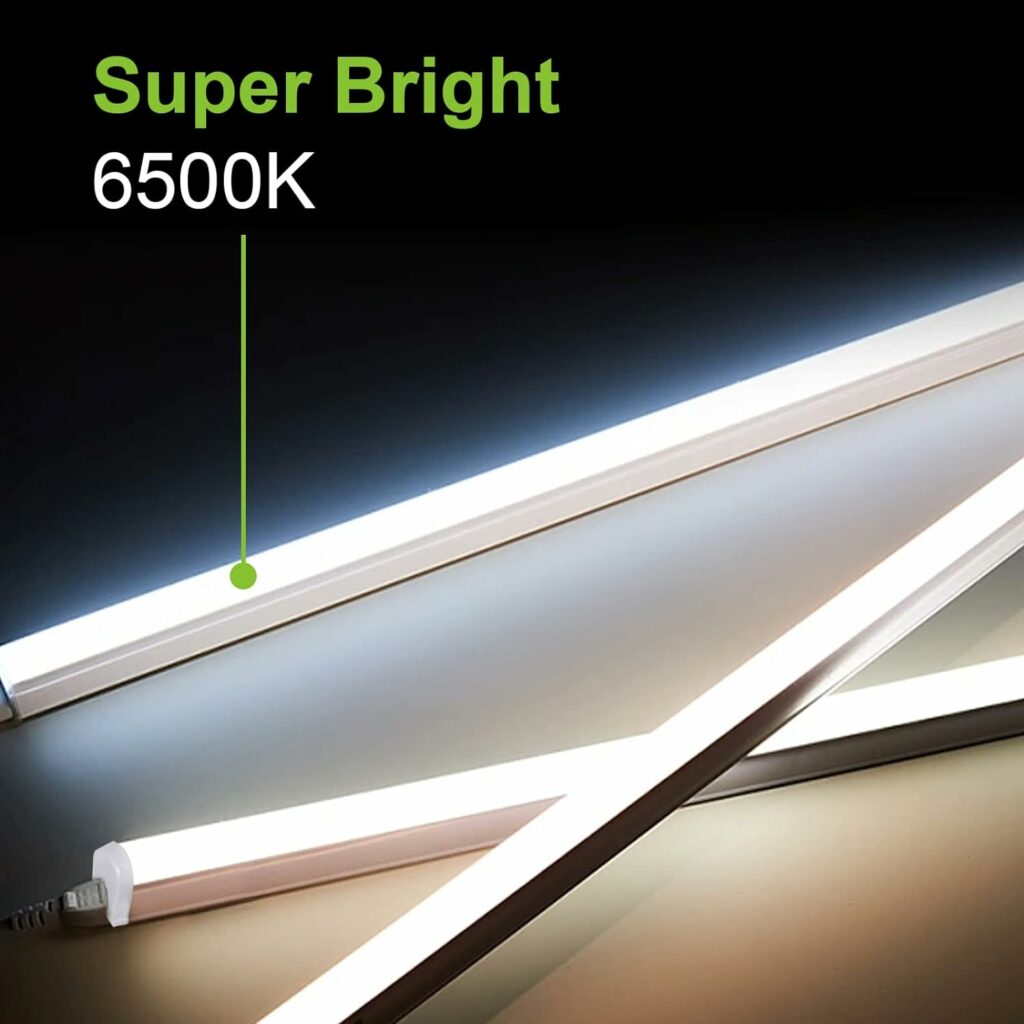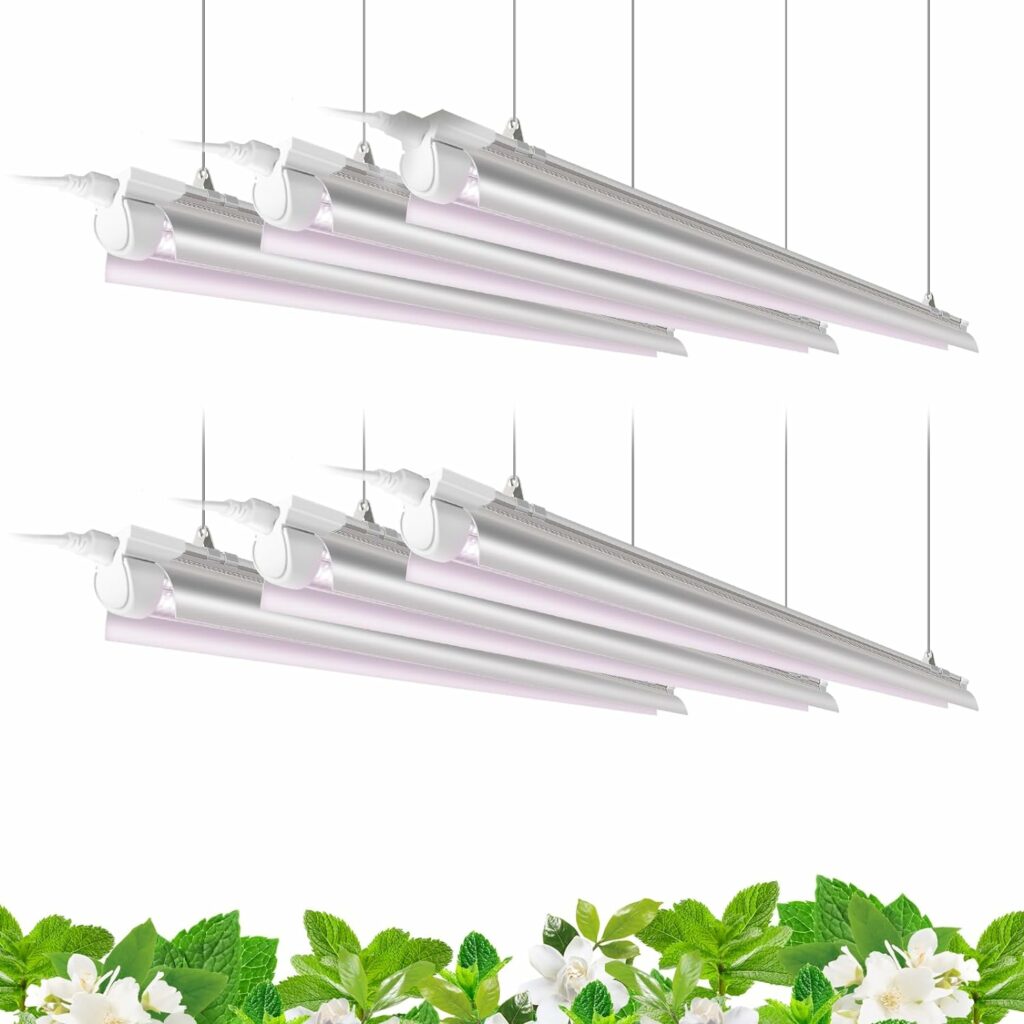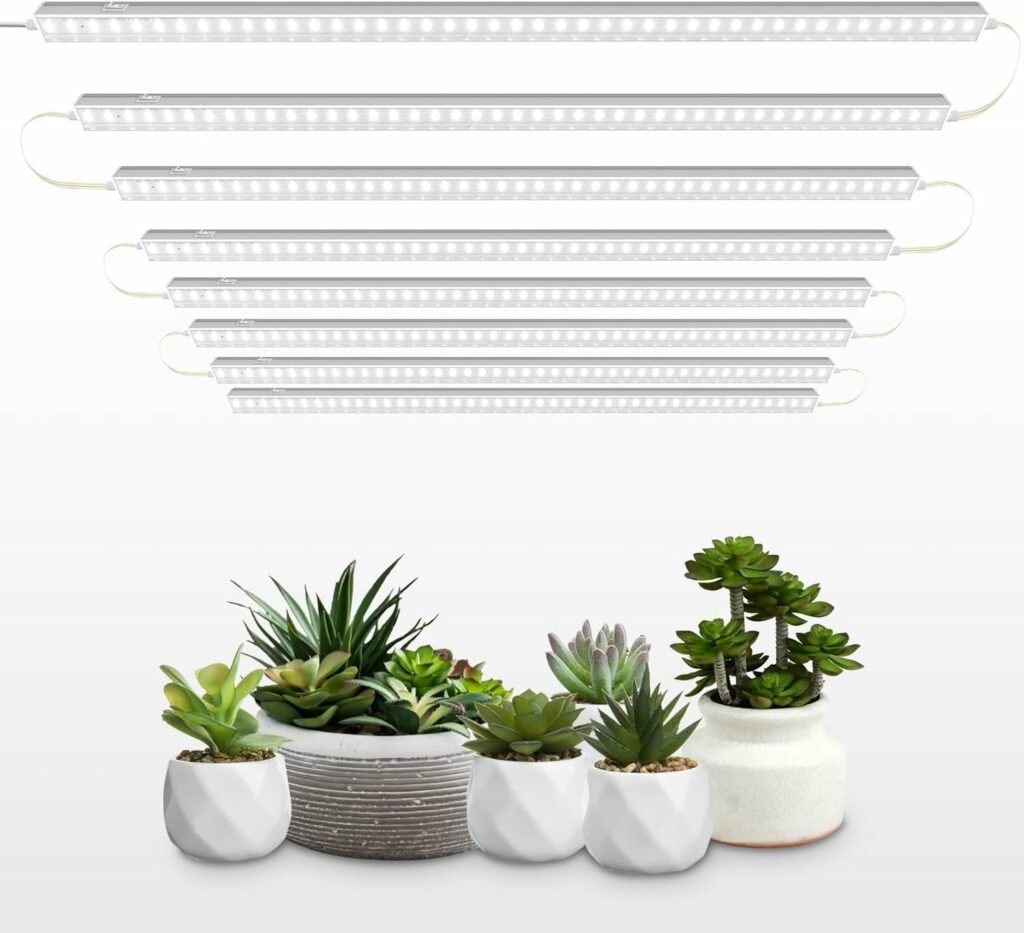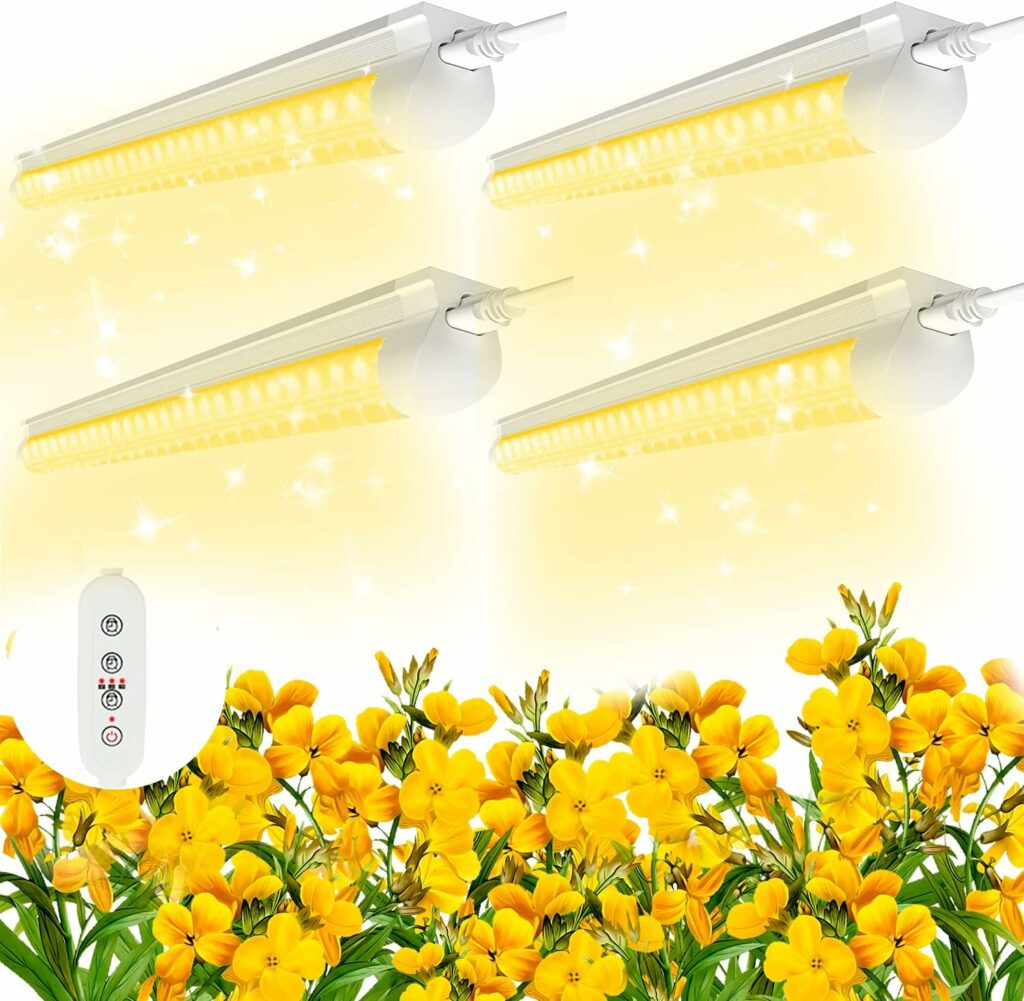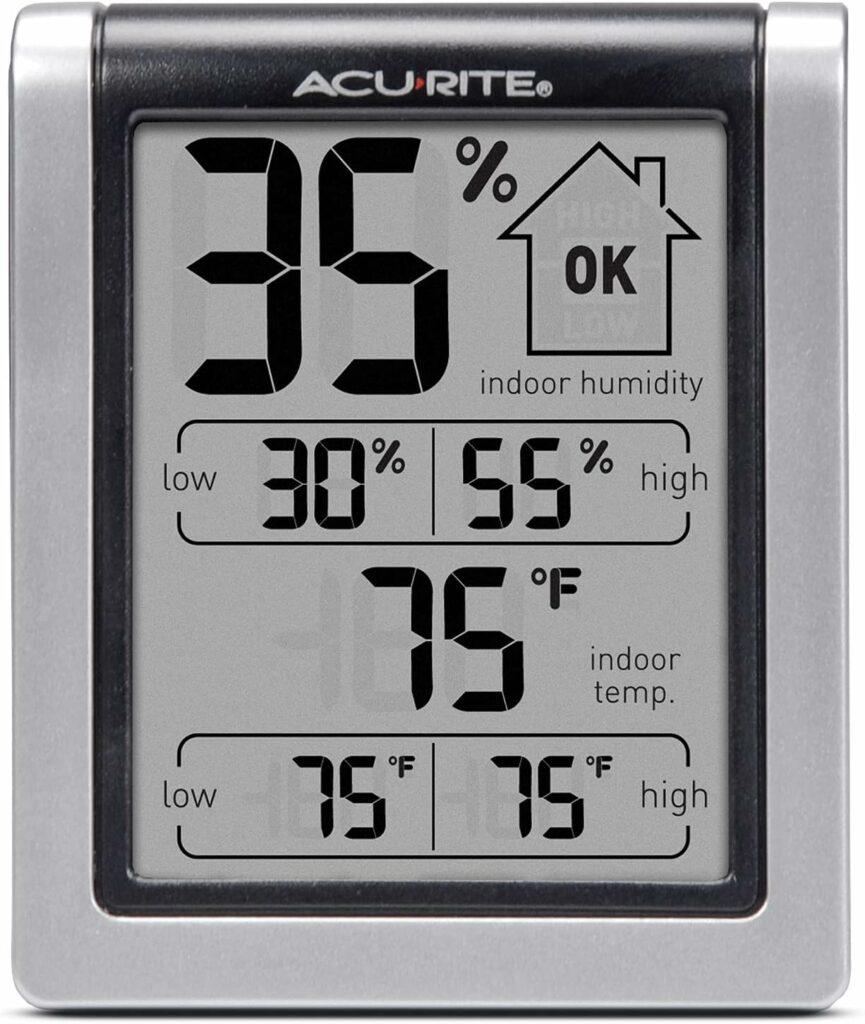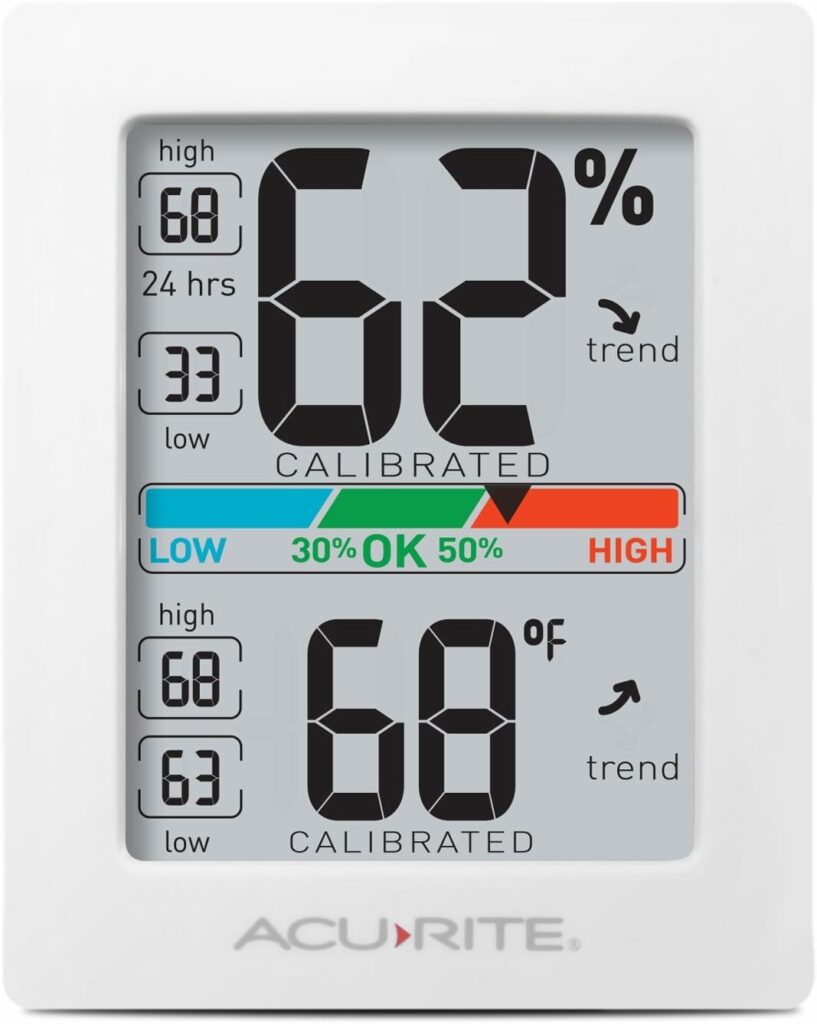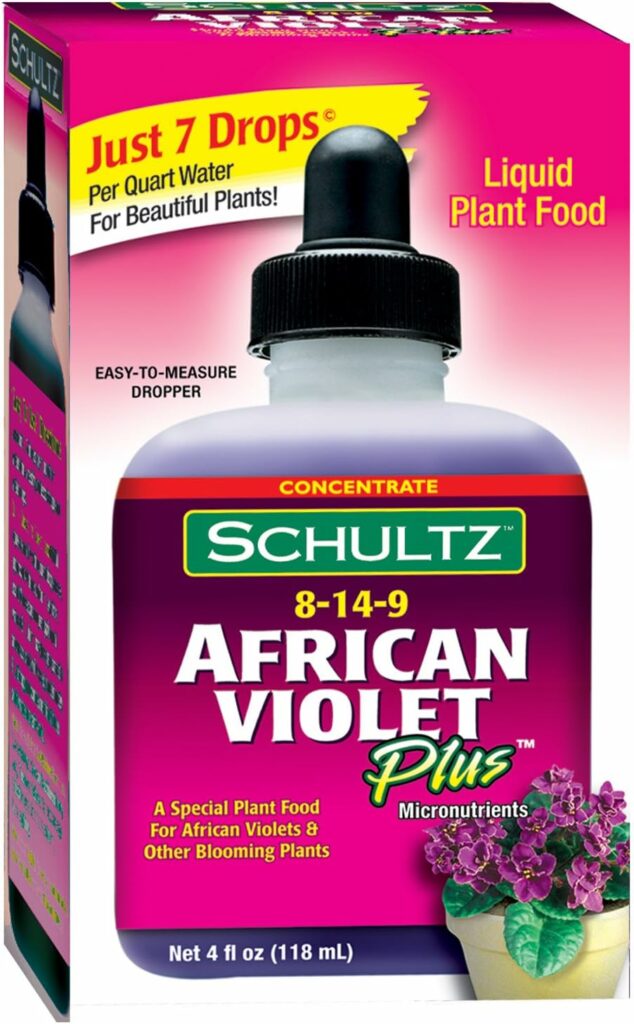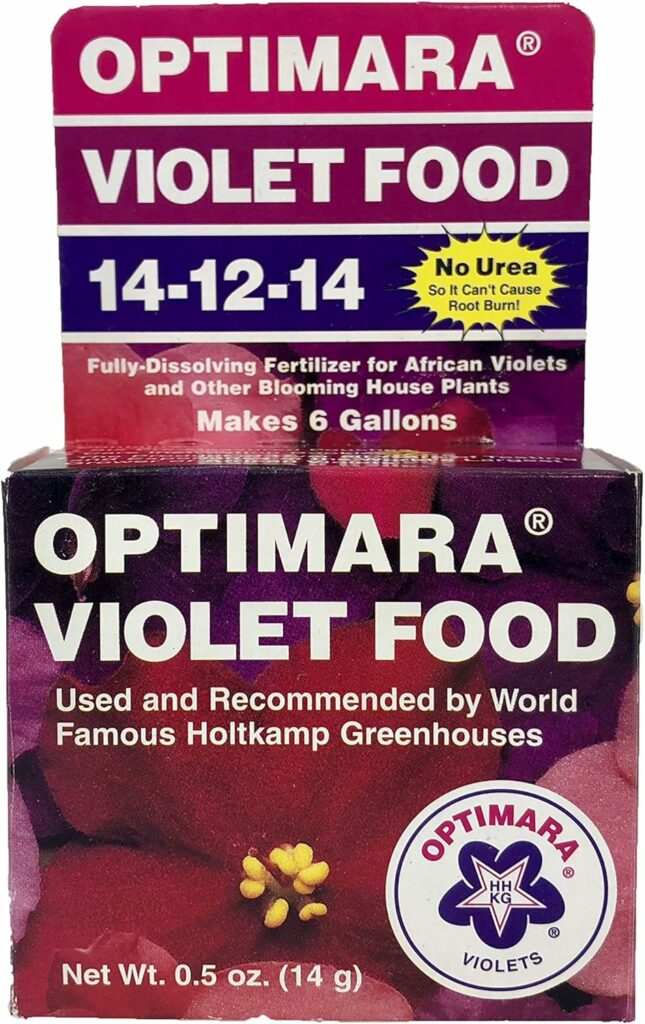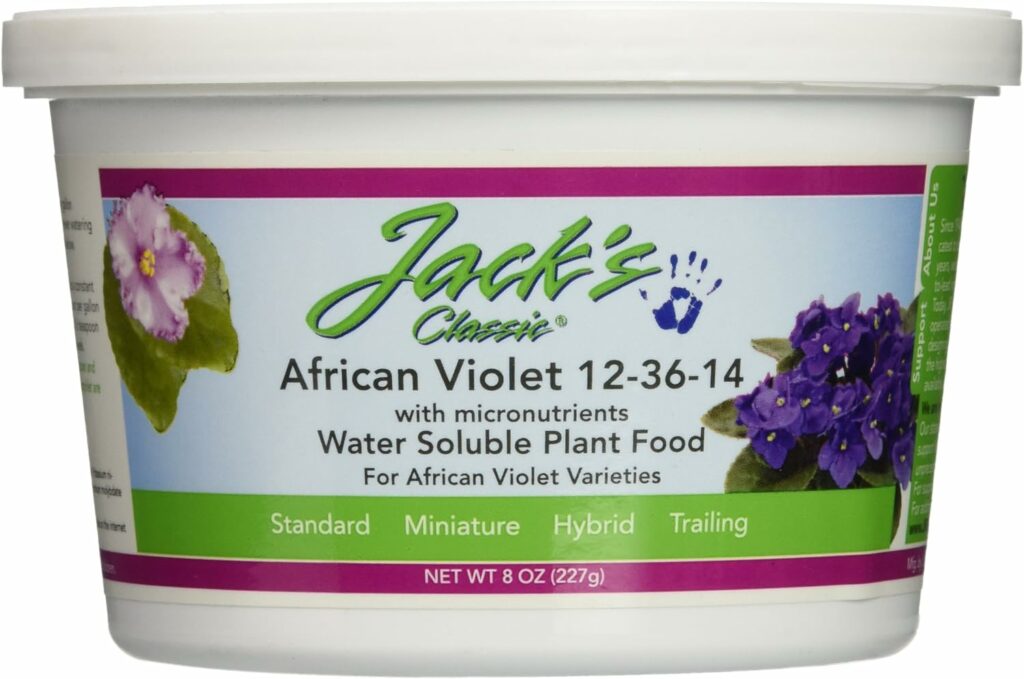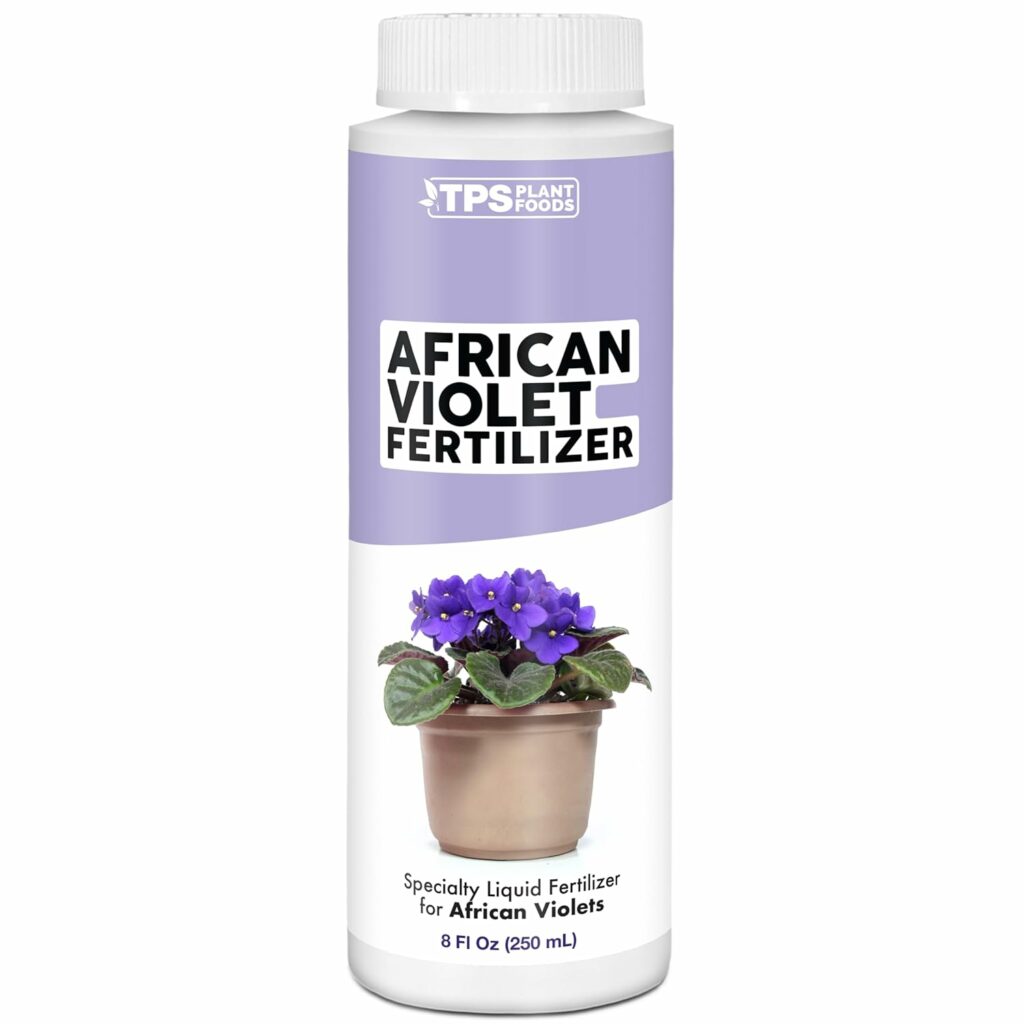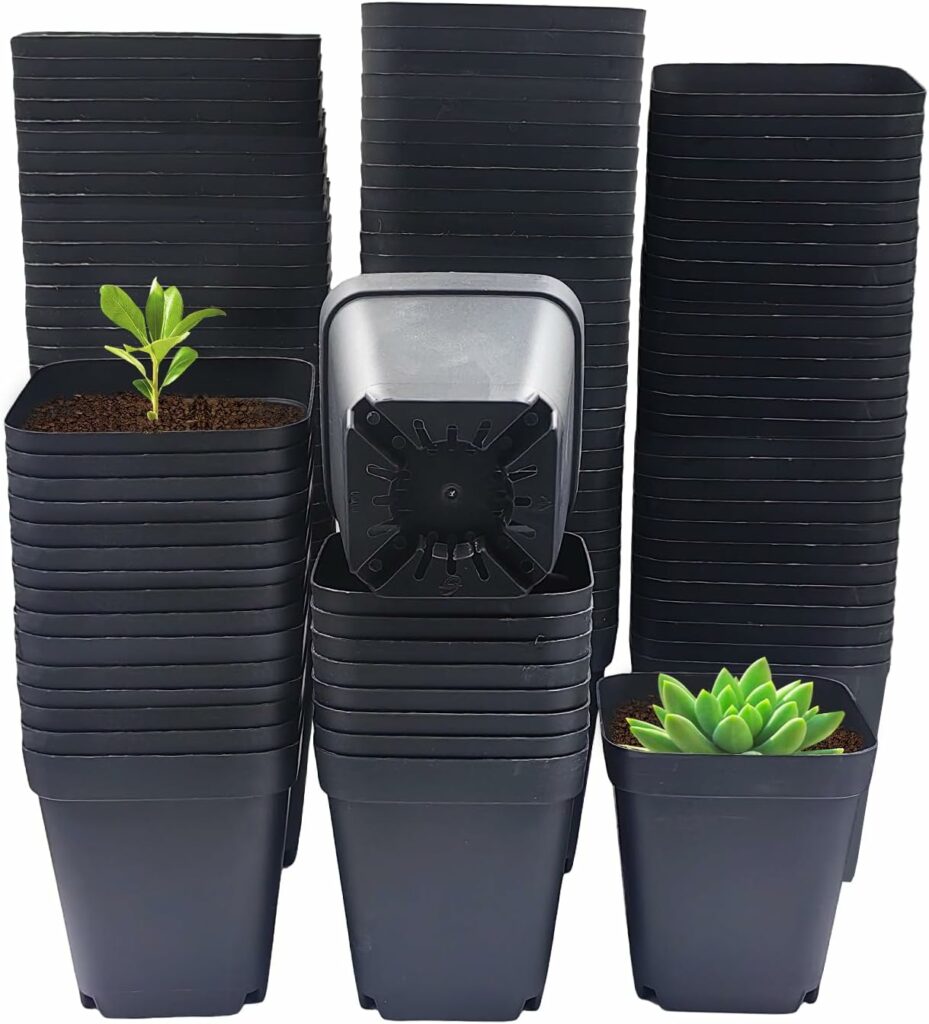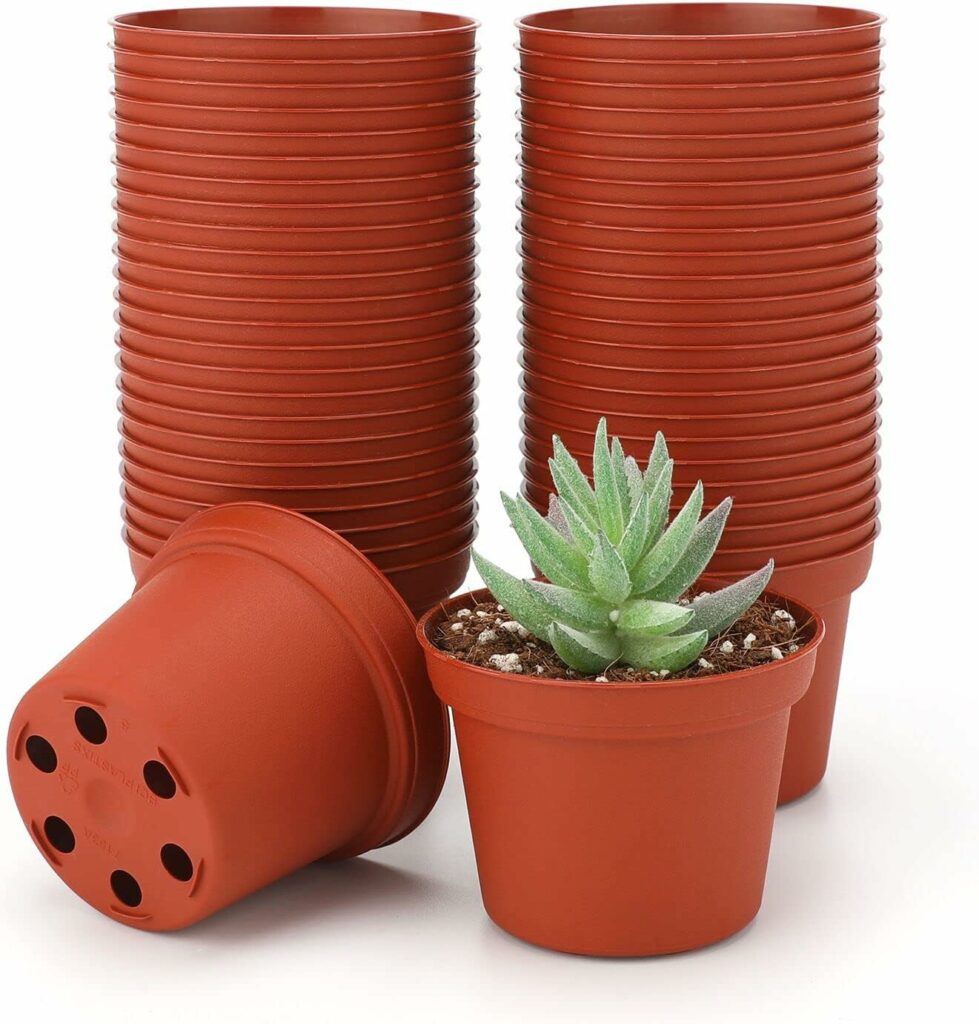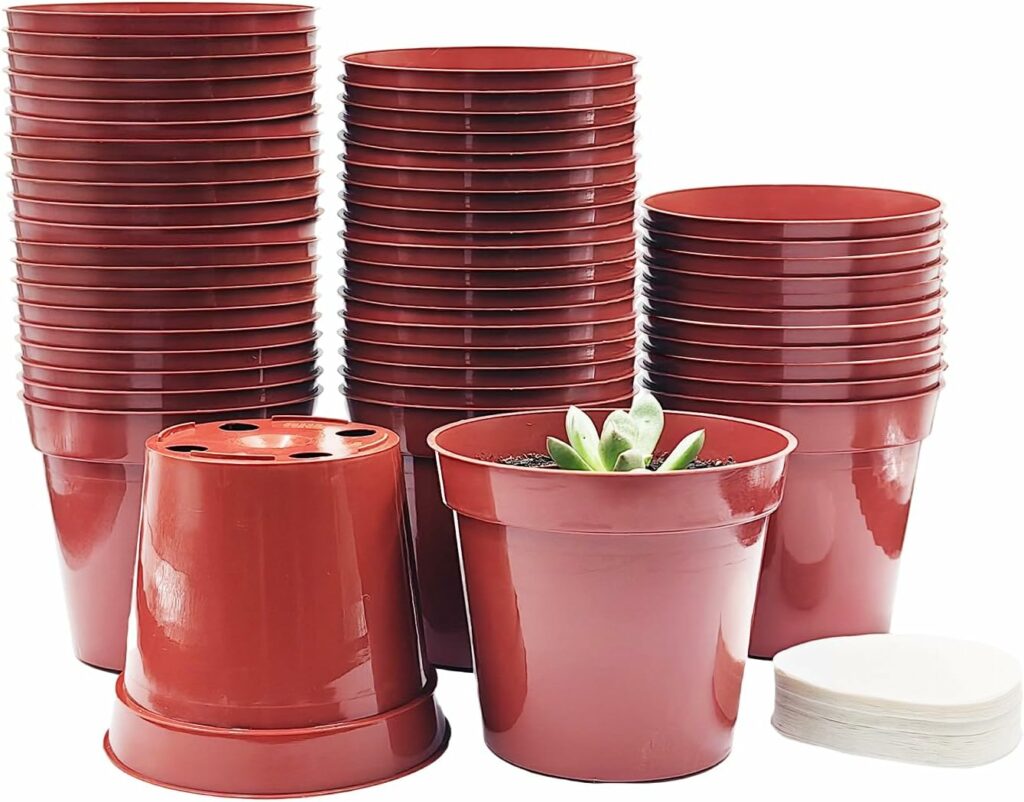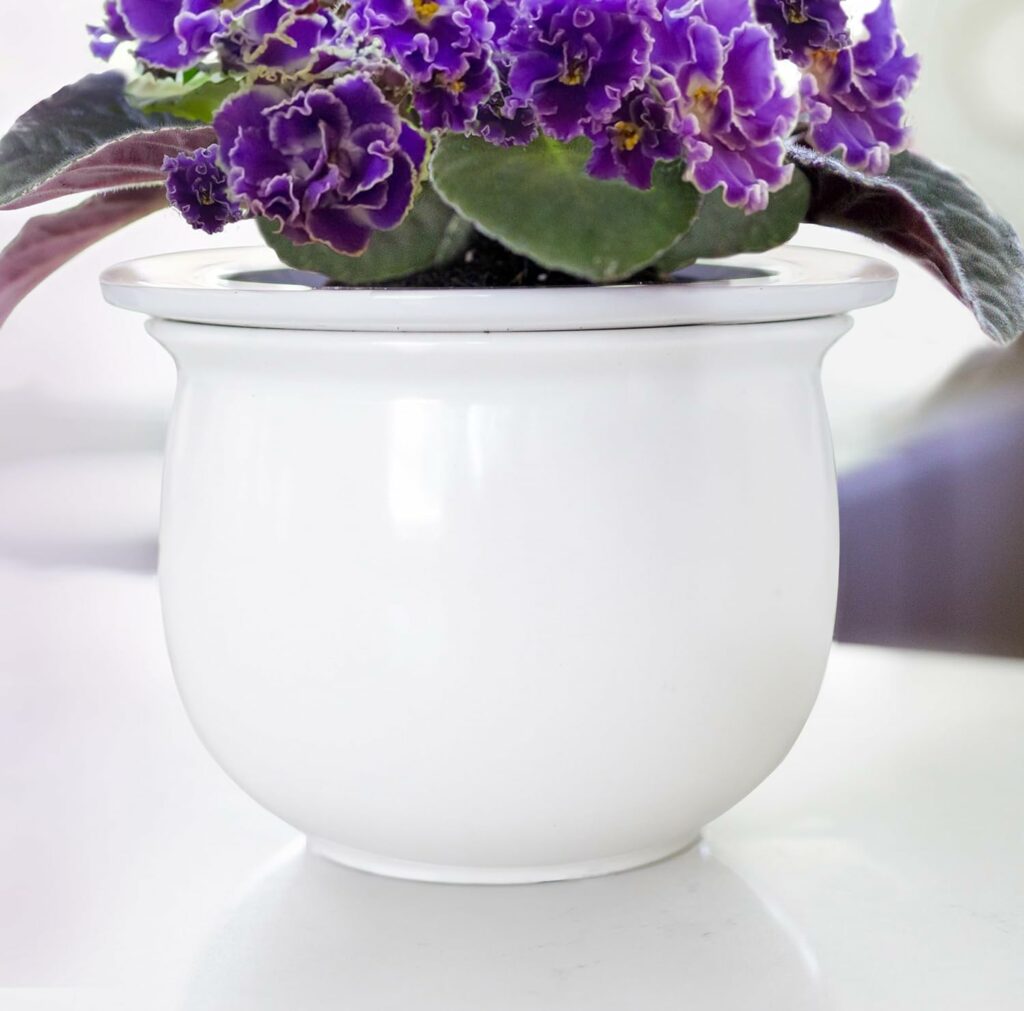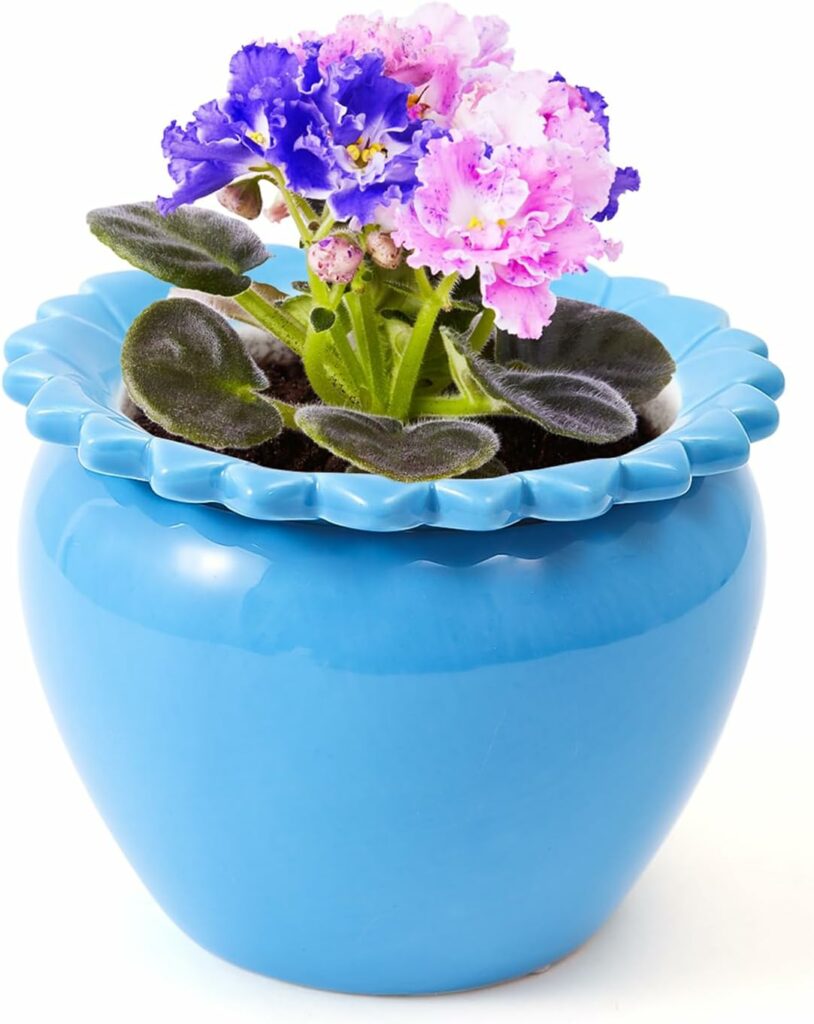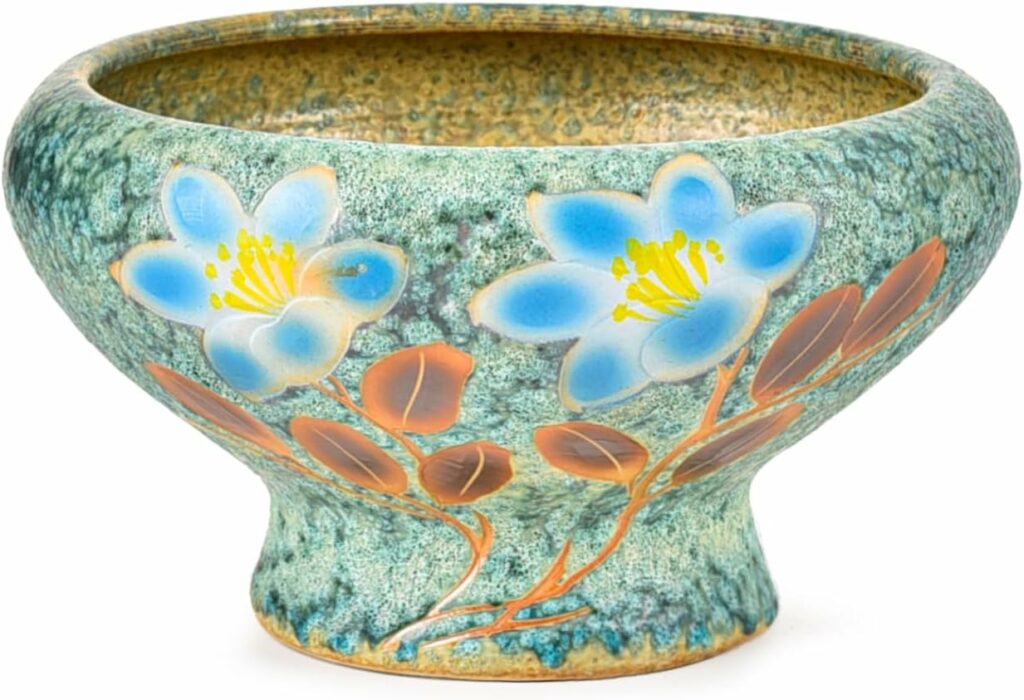There are several reasons why an African Violet plant may not be blooming, including:
- Lack of Light: African Violets need bright, indirect light to bloom. If the plant is not receiving enough light, it may not produce flowers.
- Overwatering: Overwatering can cause the roots of African Violets to rot, leading to poor growth and a lack of blooms.
- Underfeeding: African Violets need a well-balanced fertilizer to support healthy growth and blooming. If the plant is not getting enough nutrients, it may not produce flowers.
- High Temperatures: African Violets prefer temperatures between 60-70°F (15-21°C), and high temperatures can cause the plant to stop blooming.
- Pests and Diseases: Pests and diseases can damage the plant and prevent it from blooming. Common pests include spider mites, mealybugs, and thrips, while common diseases include fungal diseases and root rot.
- Age: African Violets may slow down their blooming cycle as they get older.
If you are having trouble getting your African Violet to bloom, it is important to assess the plant’s growing conditions and address any potential problems. Improving light, watering, and feeding practices, and controlling pests and diseases can all help promote healthy growth and blooming.
Below are recommendations of African Violet potting soil, coco coir & perlite:
Can genetics of African Violet plant determine flowering?
- Yes, genetics can play a role in determining the flowering of African Violet plants. Different African Violet cultivars have different flower shapes, sizes, and colors, and some may bloom more frequently or for longer periods of time than others.
- Genetics can help determine volume, size, color & frequency of flowering. Additionally, some cultivars may be more sensitive to environmental factors that can affect flowering, such as light levels, temperature, and humidity.
- Genetics can decide whether some African Violets are great flowering plants or whether some African Violet plants are slow growers.
- In general, African Violets are propagated by vegetative means, such as leaf cuttings, which preserves the genetic traits of the parent plant.
- However, as with all plants, African Violets can also be subject to genetic mutations or changes that can affect their growth and flowering.
- To ensure that you get an African Violet with the desired flowering characteristics, it is best to purchase a healthy plant from a reputable source.
Can Soil pH of African Violet plant determine flowering?
- The soil pH can play a role in determining the flowering of African Violet plants. African Violets prefer a slightly acidic soil pH between 6.0 and 6.5.
- If the soil pH is too high or too low, it can affect the availability of nutrients, leading to poor growth and reduced flowering.
- It is important to regularly test the soil pH of African Violet plants and adjust as necessary to maintain the optimal pH range for best growth and flowering.
- To test soil pH, you can use a soil pH test kit, which is readily available at most garden centers and online. If the soil pH is too high, you can lower it by adding an acidifying amendment, such as peat moss or sulfur, to the soil. If the soil pH is too low, you can raise it by adding a liming amendment, such as dolomitic lime.
- In addition to maintaining the proper soil pH, it is important to provide African Violets with the right growing conditions, including bright, indirect light, adequate moisture, and proper nutrition, to promote healthy growth and flowering.
- To learn more about general water requirements for African Violet plants, can visit the article, The Soil and Root pH of African Violet Plants
Below are recommendations for pH testing meters & kits:
Can light intensity determine African Violet flowering?
- Yes, the amount of light can play a role in determining the flowering of African Violet plants.
- African Violets prefer bright, indirect light, and too much direct sunlight can cause leaf burn and reduce flowering. On the other hand, too little light can cause the plant to become leggy and reduce the number of blooms.
- The optimal light conditions for African Violets are bright, indirect light with some direct sunlight, such as near a north or east facing window.
- It is important to avoid placing African Violets in direct sun for extended periods of time, as this can cause leaf burn and reduce flowering.
- If the plant is not receiving enough light, you can supplement with artificial light using fluorescent or LED grow lights.
- In addition to providing the right light conditions, it is also important to maintain proper moisture levels, temperature, and humidity, and to fertilize regularly, to promote healthy growth and abundant flowering of African Violets.
- To learn more about general water requirements for African Violet plants, can visit the article, Natural Light for African Violet Plants or Artificial Lighting For African Violet Plants: Part II LED Lighting
Recommendations for LED shop lights for African Violet plants:
Can humidity levels determine African Violet flowering?
- Yes, the amount of humidity can play a role in determining the flowering of African Violet plants. African Violets prefer a relative humidity of around 50-70%.
- High humidity can help to keep the leaves and flowers from wilting and promote healthy growth, while low humidity can cause the plant to become stressed and reduce the number of blooms. In most conditions, during low humidity, African Violet plants will not bloom.
- During the winter months, the air can be dry due to home heating and humidity low. If the humidity is too low in your home, you can increase it by using a humidifier or by placing a tray of water near the plant.
- You can also mist the leaves regularly to provide additional humidity. A relative humidity level of 50% should be ok for African Violets in the winter season.
- During the summer season the humidity levels are pretty high, so the African Violet should be comfortable. Sometimes, when the temperature rises, humidity levels can go above 80%, sometimes as high as 90%. This can not only affect blooming, but also cause powdery mildew.
- Combined with high levels of ambient humidity, other internal factors can also add to the humidity levels: This can be the process of transpiration from the plant leaves, where the water vapors from the surface of the African Violet plant are released leading to an increase in humidity. If you do not have proper ventilation such as open windows, vents, or fans, it can cause a stuffy humid environment. If you have water collecting in your pot saucers, plant trays or capillary mats, this can also lead to an increase in humidity in your growing area.
- You can try to use commercially available air moisture removers (example, DampRid). Air circulating fans can also help to reduce humidity in a room. A dehumidifier can also help if it’s a persistent problem.
Below are examples of a few things you can use to control humidity levels:
Can watering determine African Violet flowering?
- Yes, the amount of watering can play a role in determining the flowering of African Violet plants. Overwatering can lead to root rot and reduce the number of blooms, while underwatering can cause the plant to become stressed and reduce the number of blooms.
- African Violets prefer to be consistently moist, but not waterlogged. It is best to water the plant when the soil surface is just beginning to dry, but not completely dry, and to avoid letting the plant sit in standing water.
- You can use a pot with a drainage hole to allow excess water to escape, and you can allow the plant to drain completely before replacing the saucer.
- It is also important to use the right type of soil for African Violets, as well as a pot with adequate drainage, to prevent over watering.
- A well-draining, soilless potting mix, specifically formulated for African Violets, is best.
- In addition to providing the right amount of water, it is also important to provide African Violets with the right light, temperature, humidity, and nutrition, to promote healthy growth and abundant flowering.
- To learn more about general water requirements for African Violet plants, can visit the article, How to Water African Violet Plants?
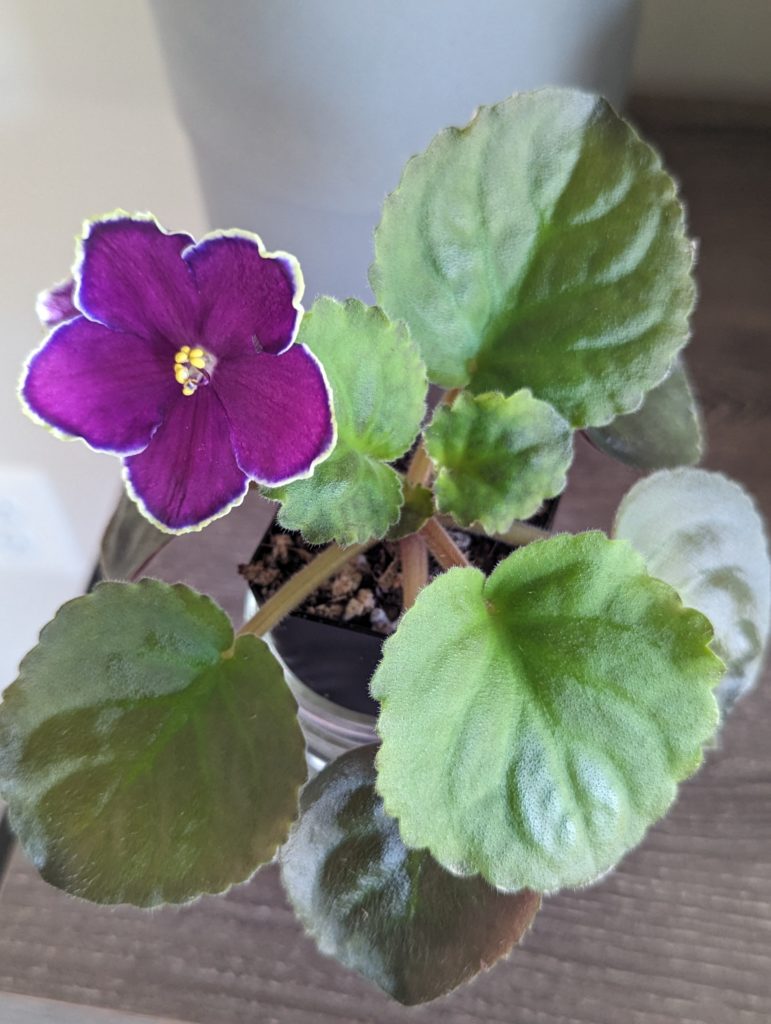
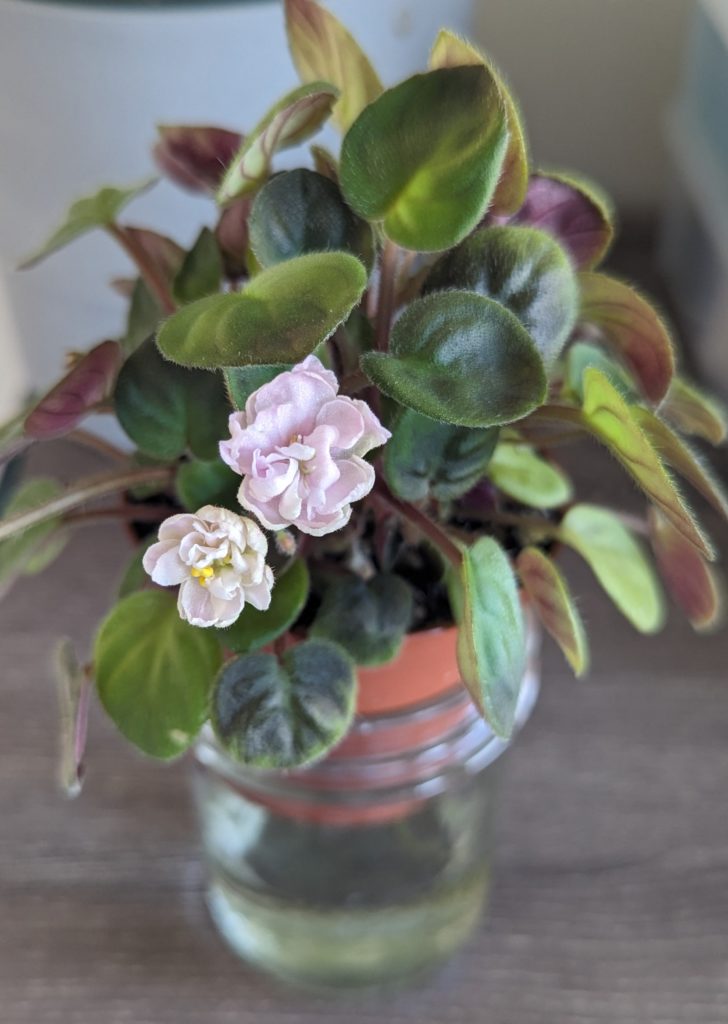
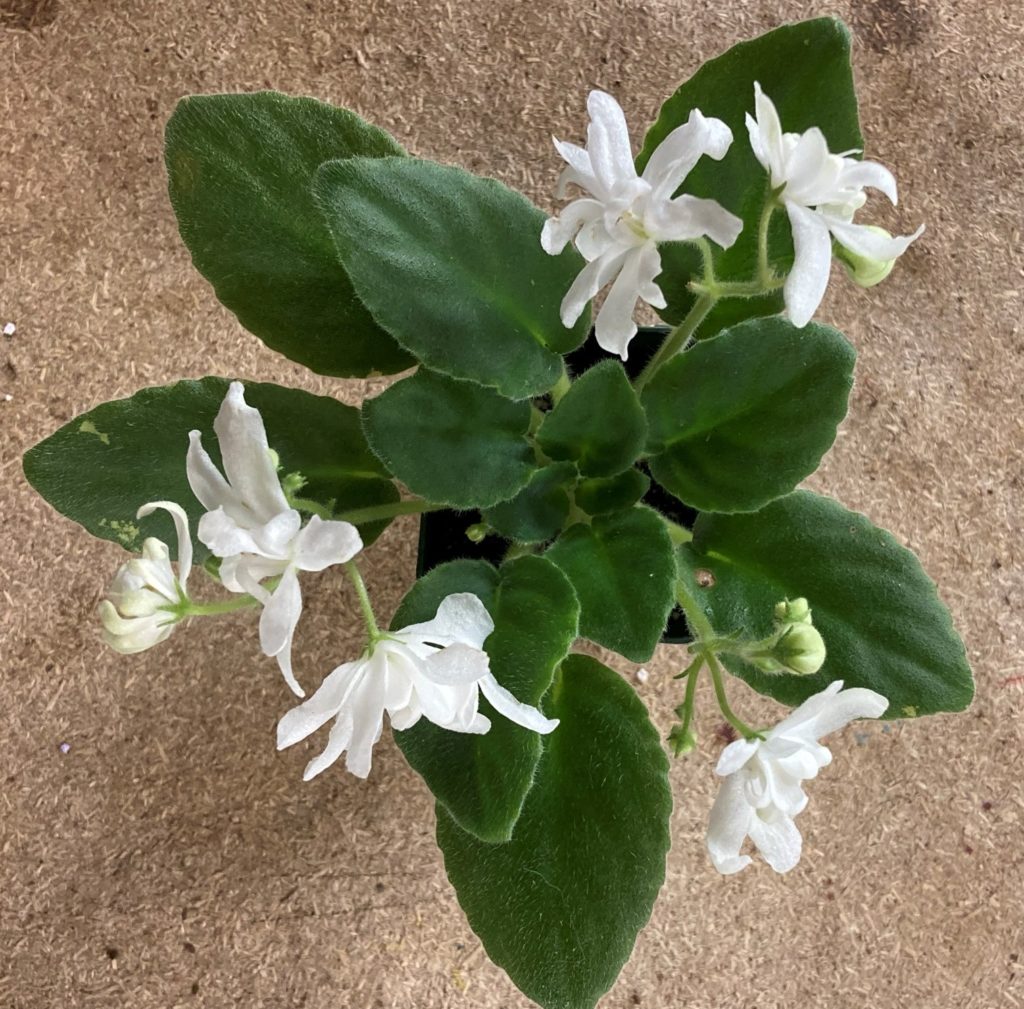
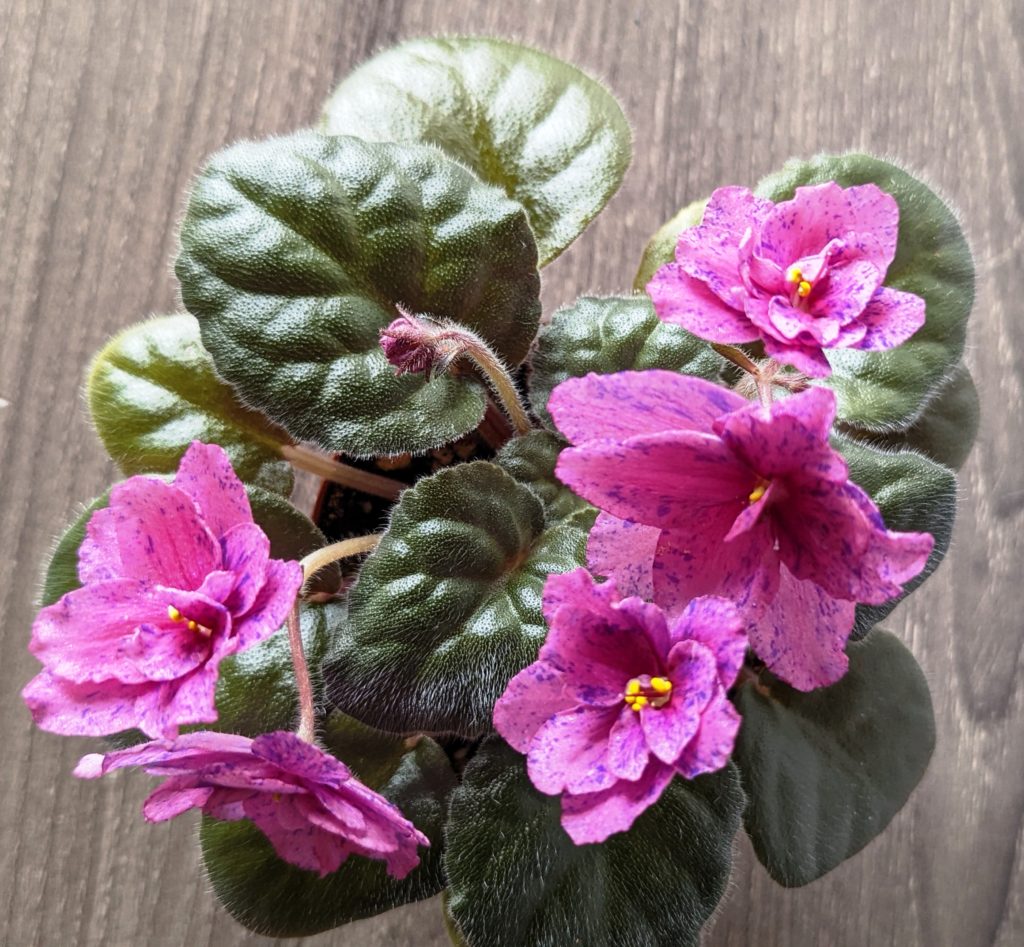
Can fertilizer determine African Violet flowering?
- Yes, the amount of fertilizer can play a role in determining the flowering of African Violet plants. In case of indoor houseplants such as African Violets, the soil can only provide nutrition for a short period of time, after that it is upto the grower to provide that extra supplementation in the form of fertilizer.
- African Violets need a balanced (nitrogen, phosphorus, potassium), water-soluble fertilizer, applied regularly, to promote healthy growth and abundant flowering.
- In the case of blooms, the African Violet plant will need a fertilizer rich soil, with a higher percentage of phosphorus to improve blooming.
- If you use a nitrogen heavy fertilizer, the African Violet plant will focus more energy on producing green foliage rather than producing flowers.
- Overfertilizing can lead to leaf burn, reduced blooming, and other problems, while underfertilizing can cause the plant to become stunted and reduce the number of blooms.
- It is best to use a balanced, water-soluble fertilizer specifically formulated for African Violets, and to follow the manufacturer’s recommendations for frequency and amount. You can also provide additional fertilizer during the growing season, when the plant is actively producing new growth and flowers.
- To learn more about general fertilizer requirements for African Violet plants, can visit the article, Fertilizer for African Violet Plants
Examples of commercially available African Violet fertilizers below, also my favorite African Violet fertilizer, optimara:
Can pot size determine African Violet flowering?
- Yes, the pot size can play a role in determining the flowering of African Violet plants. African Violets generally prefer small pots, as they have a shallow root system and do not need a lot of soil.
- If the pot is too large, the soil may stay too wet, which can lead to root rot and reduce the number of blooms. Large pots, will have thin stalky foliage and slow flowering.
- One of the reasons for slow flowering in a large pot, is that first the African Violet plant will try to fill the pot size or the large soil area with roots, once its done filling the pot with roots, it will then focus its energy on producing blooms. So of all this additional activity takes up time, when an African Violet plant is potted up in a large pot.
- A pot that is only slightly larger than the root ball of the plant is best. You should also use a well-draining, soilless potting mix, specifically formulated for African Violets, and make sure that the pot has adequate drainage.
- To learn more about correct pot size requirements for African Violet plants, can visit the article, What Pot Size To Use For African Violet Plants?
Examples of 2″ & 3″plastic pots, great to keep a few extra in your growing tools:
Can suckering or suckers cause my African Violet plant not to bloom?
- Suckers can play a role in determining the flowering of African Violet plants.
- Suckers are small, new growths that emerge from the base of the plant and can take energy away from the main plant, reducing the number of blooms.
- These side shoots can disrupt the process of flowering in African Violet plants.
- Removing suckers regularly, as soon as they are noticed, will help to keep the plant healthy and promote abundant flowering.
- You can simply snap or cut the suckers off, taking care not to damage the main plant.
- To learn more about correct pot size requirements for African Violet plants, can visit the article, African Violet Suckers: What Are They and Removal?
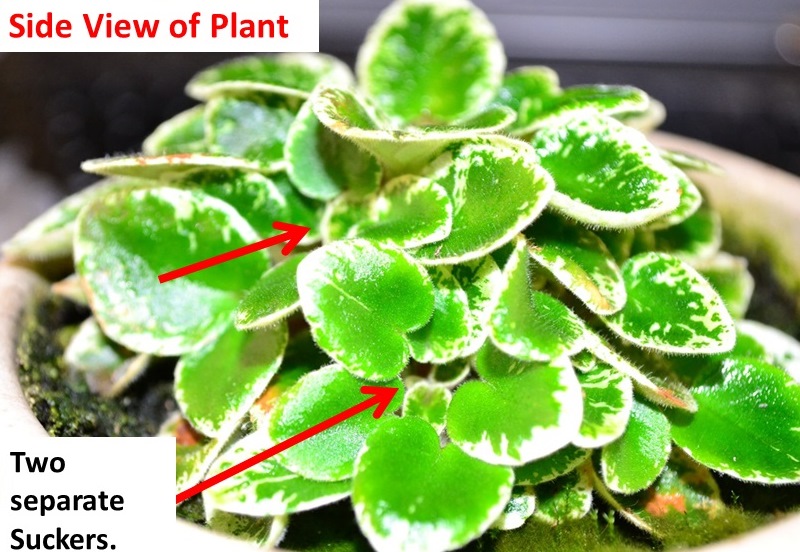
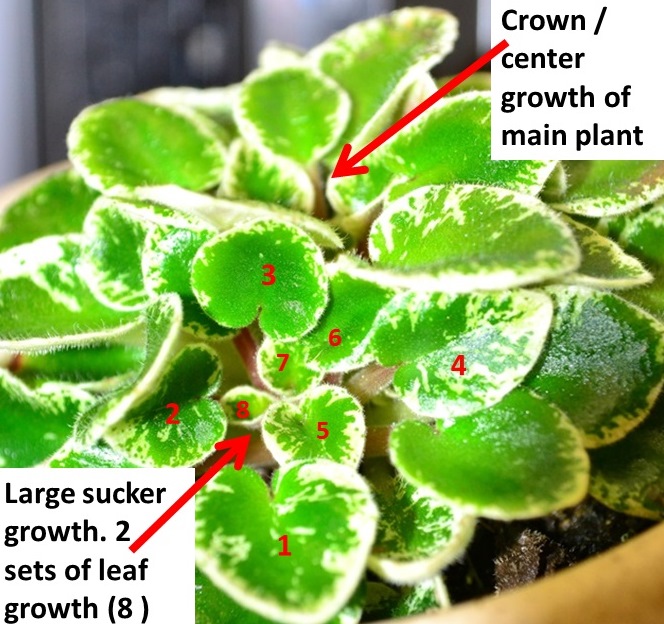
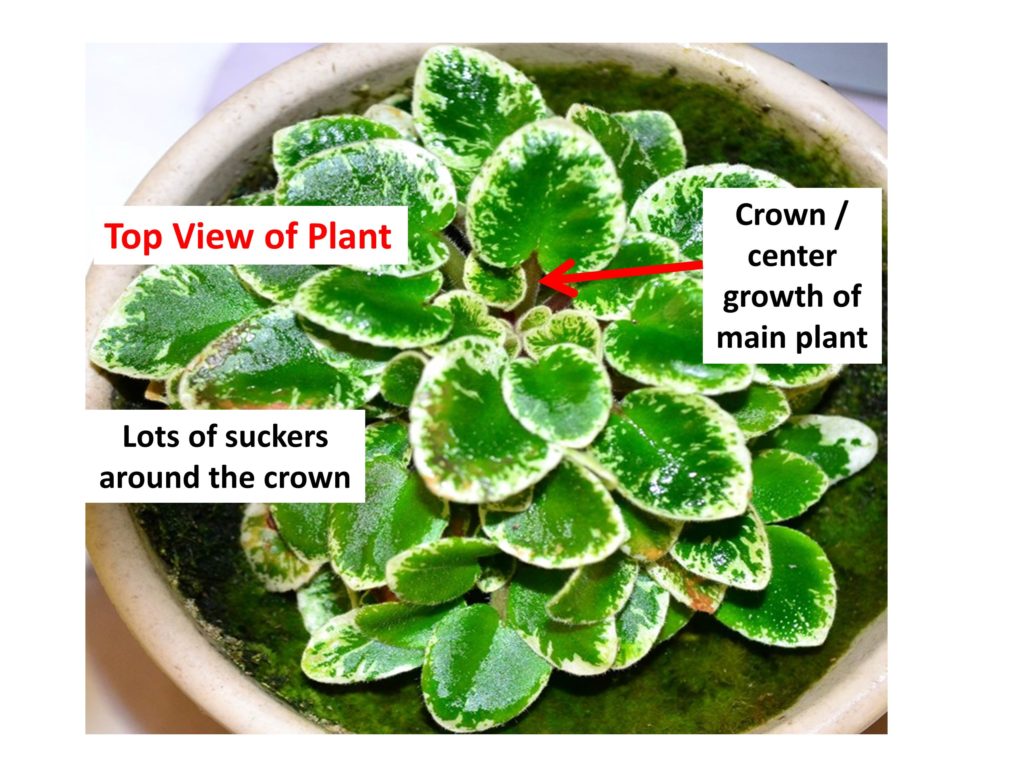
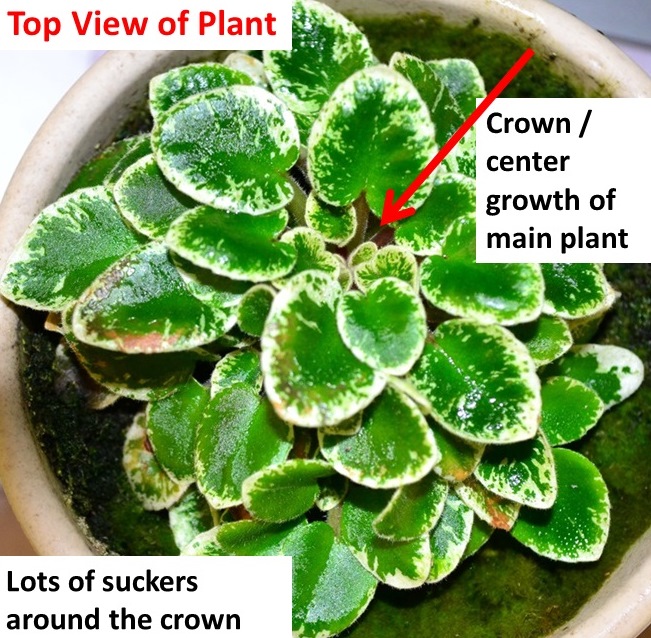
Tool recommendations below, useful in removing suckers from African Violet plants:
Can you transplant African violets when they are blooming?
- It is best to transplant African Violets when they are not blooming. Transplanting while the plant is in bloom can stress the plant and cause it to drop its flowers.
- Additionally, transplanting can disrupt the plant’s root system, which can also lead to the loss of blooms. Its best not to disturb the African Violet plant while its blooming.
- However, if you need to transplant an African Violet that is in bloom, it is important to handle the plant carefully to minimize stress. Choose a pot that is only slightly larger than the current pot and carefully remove the plant from its current pot, being mindful not to damage the roots.
- Place the plant in the new pot, backfill with fresh potting mix, and water thoroughly. Place the plant in a bright, indirect light and keep the soil evenly moist until it has re-established itself and begins to grow again.
- One more important point to remember is that your African Violet plant was happily blooming in its current location, current pot size and current soil mix. So try to maintain this again for the same plant, to ensure consistency and blooms, because the plant was happy in its existing place.
